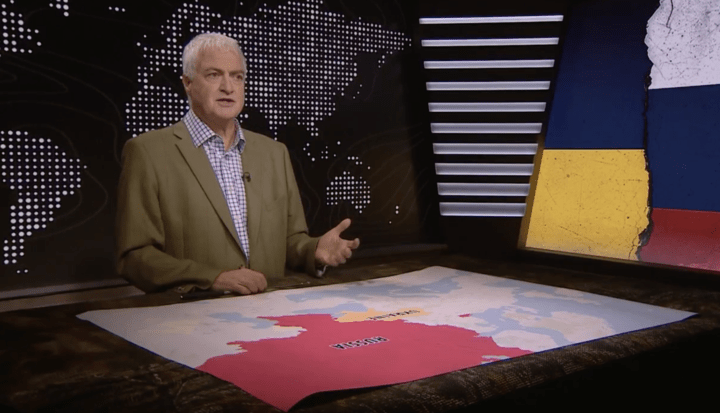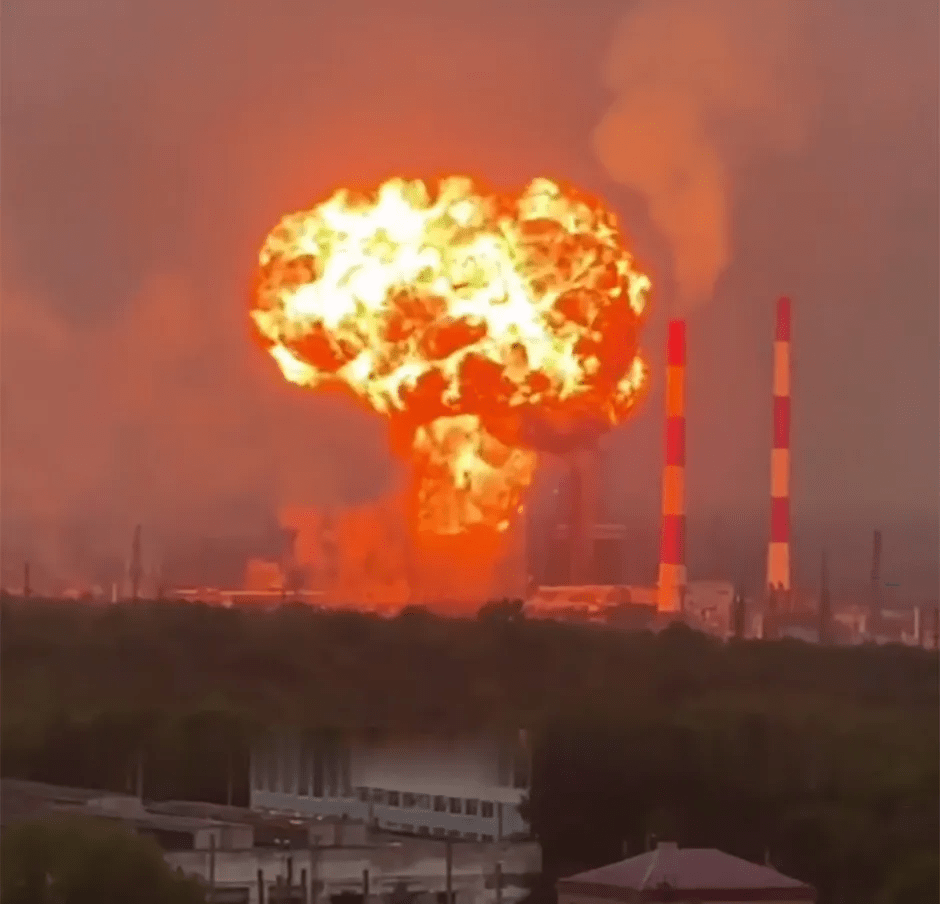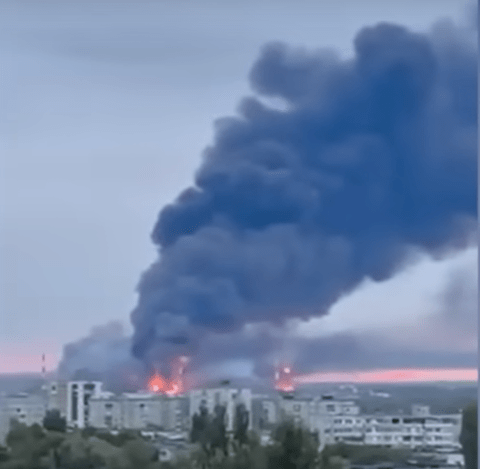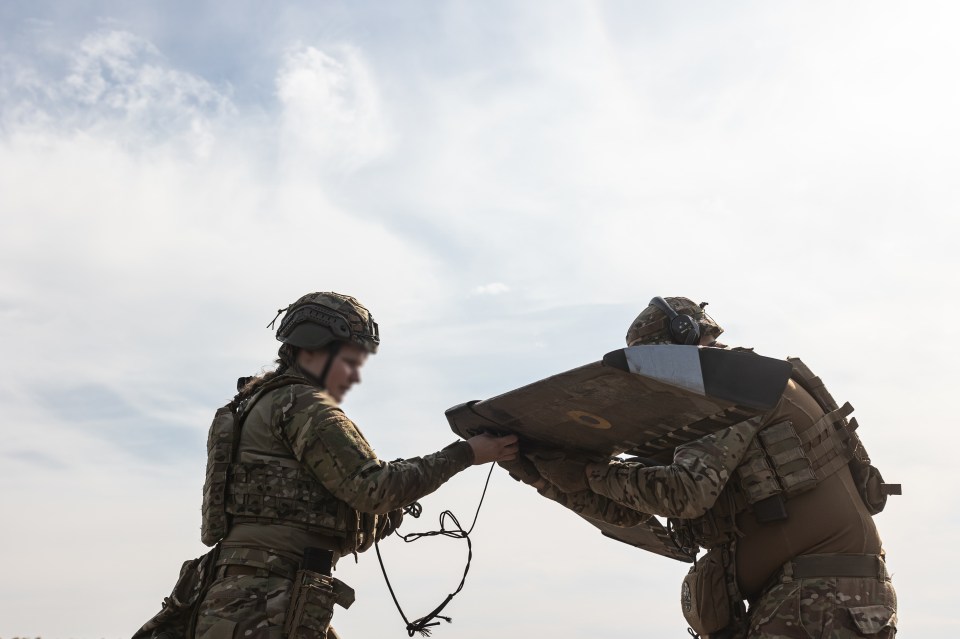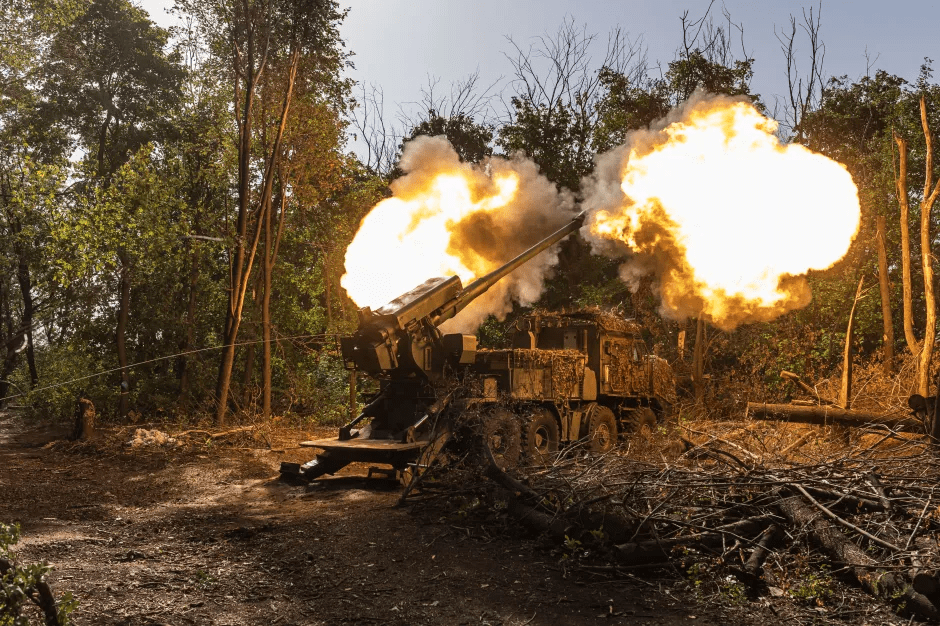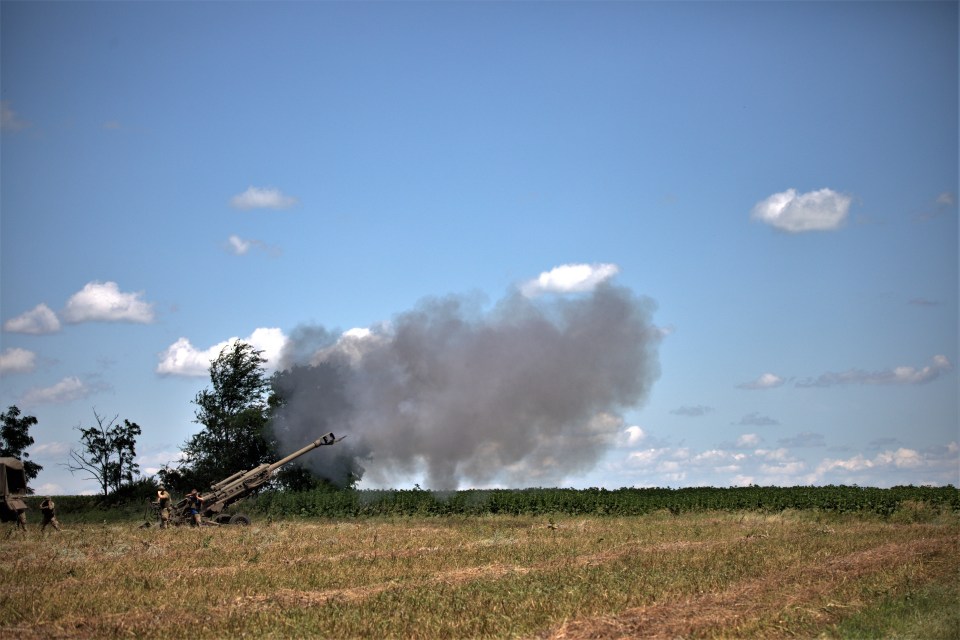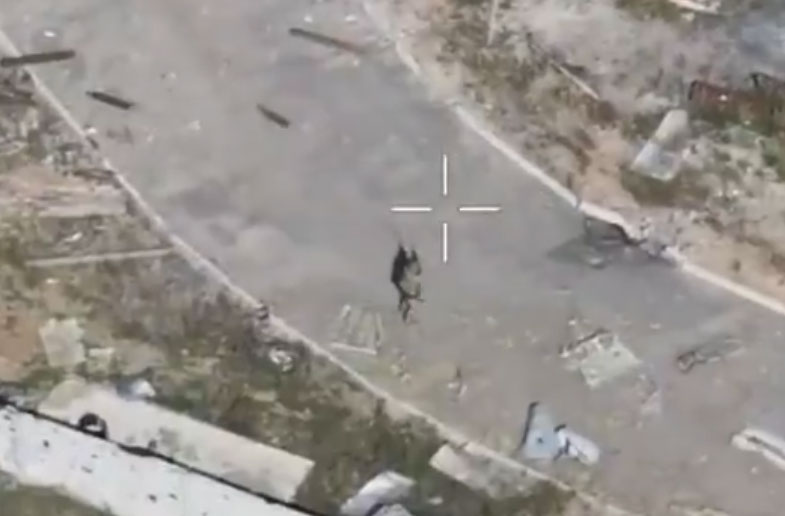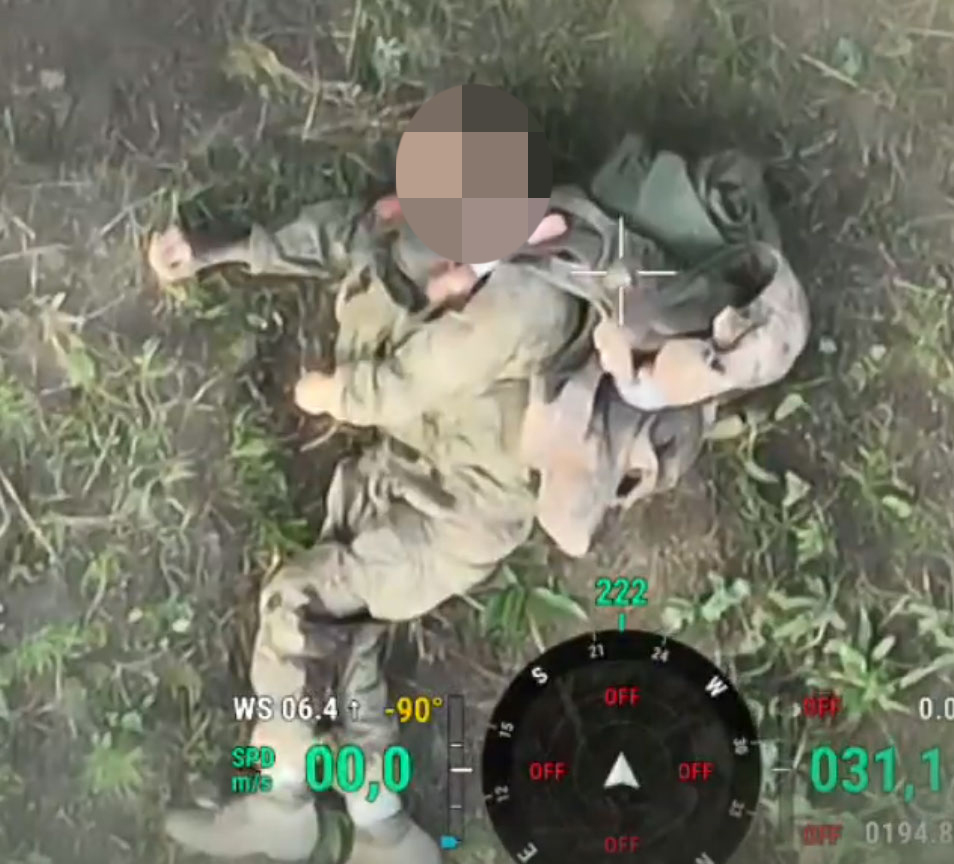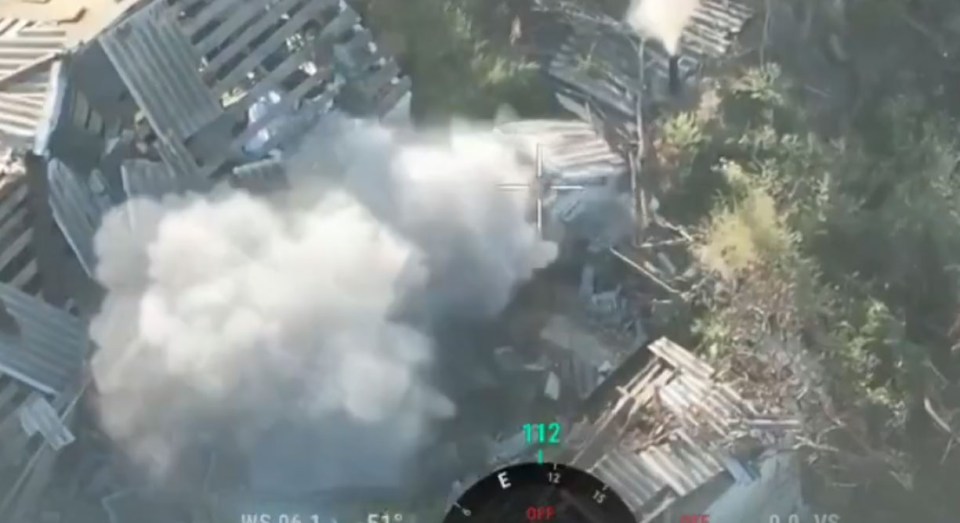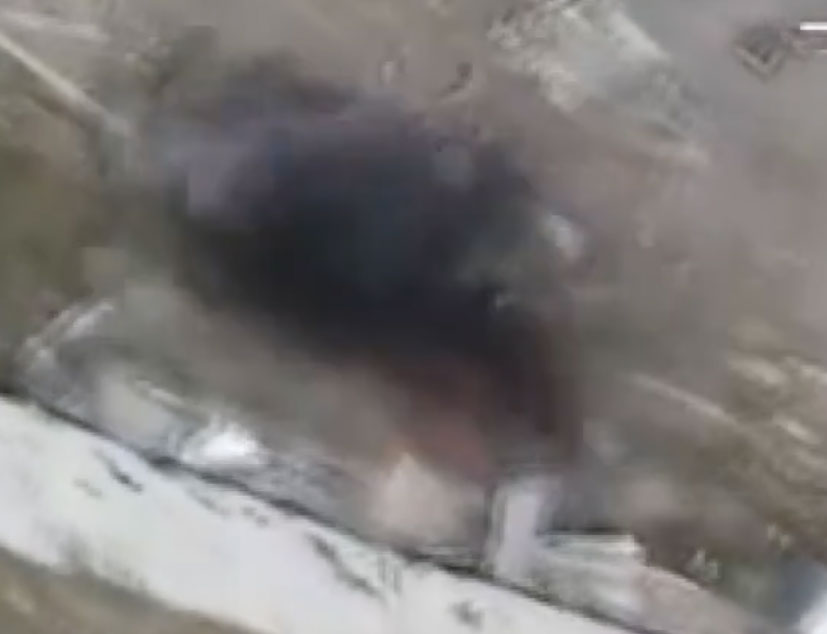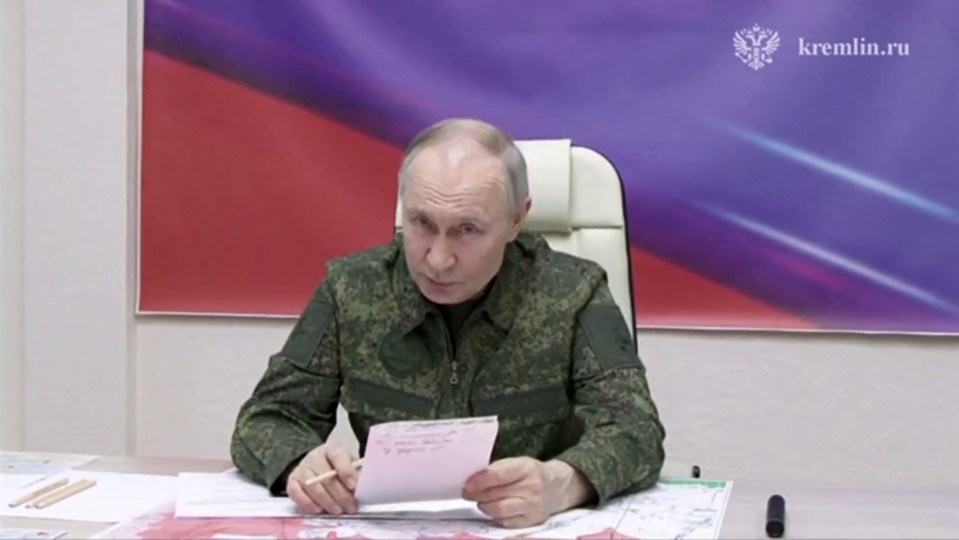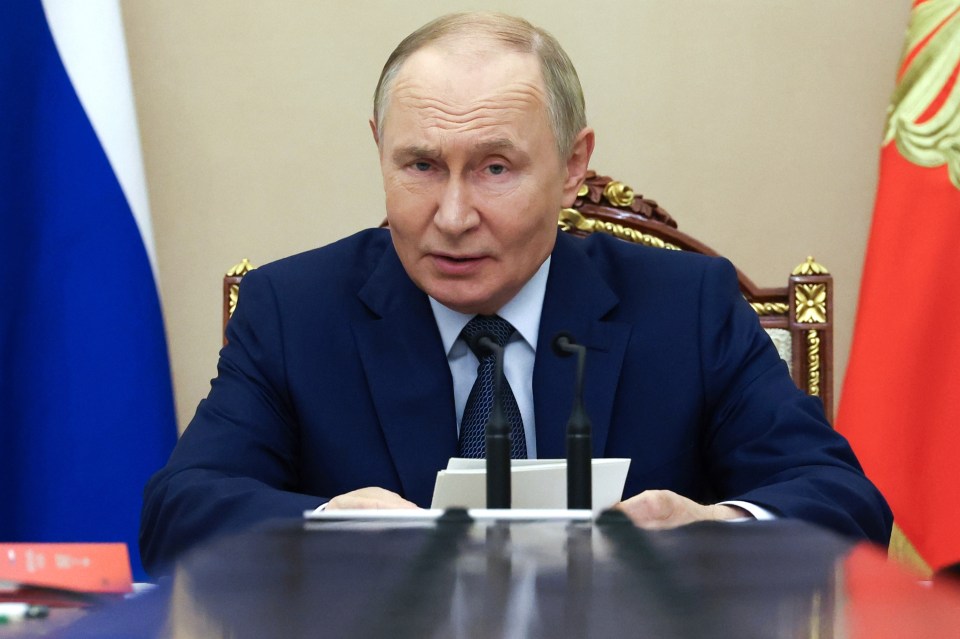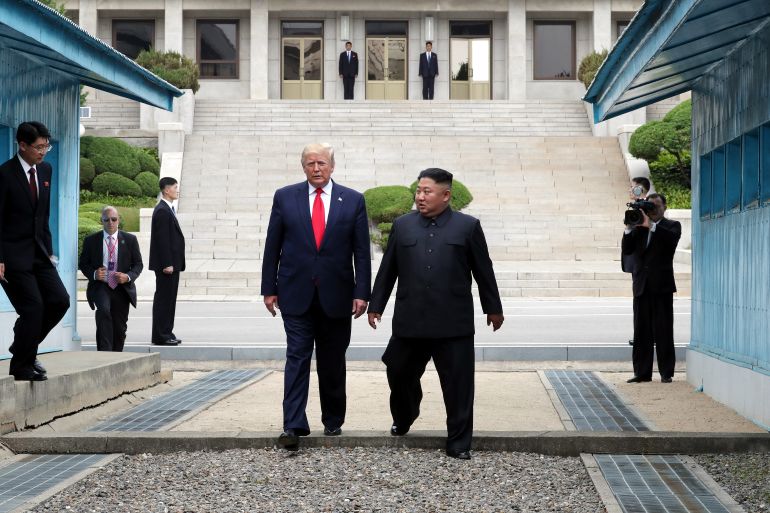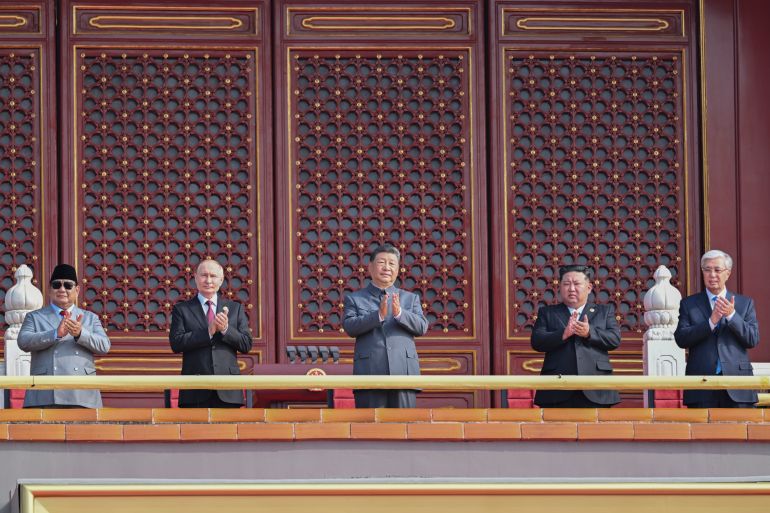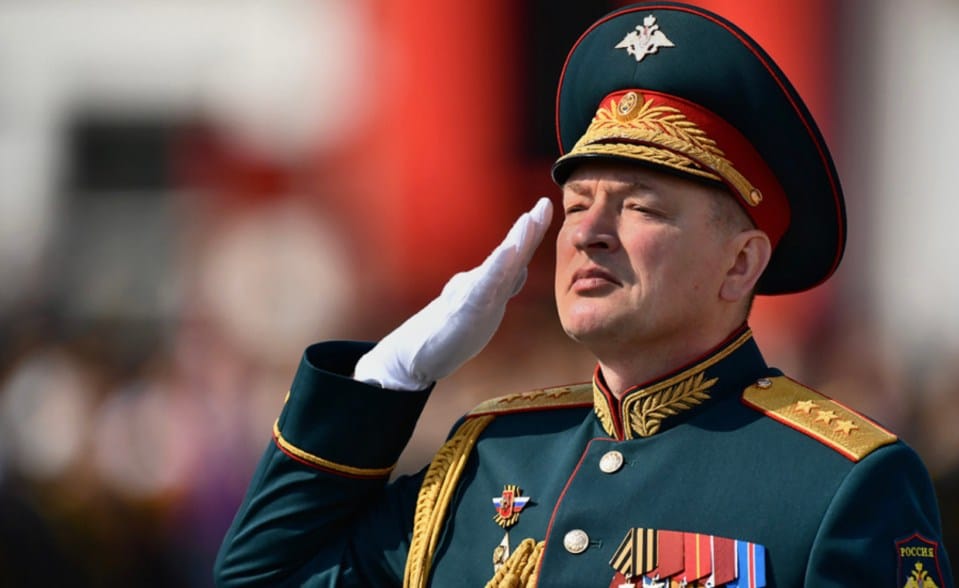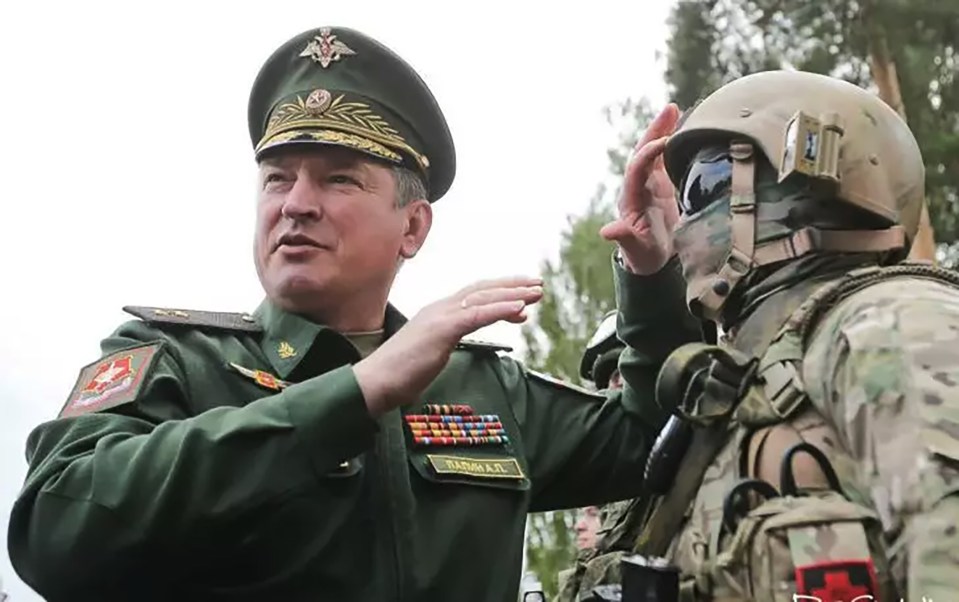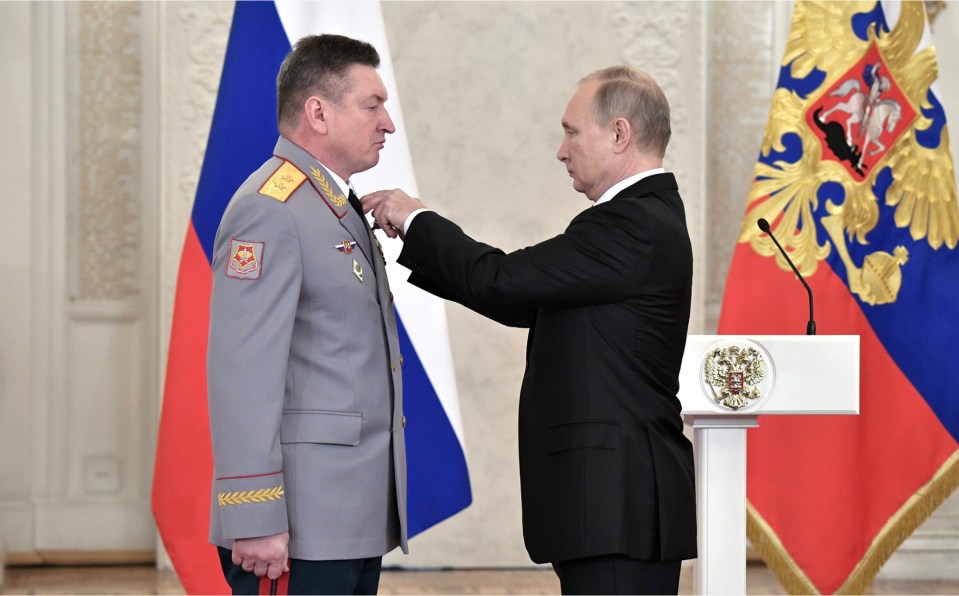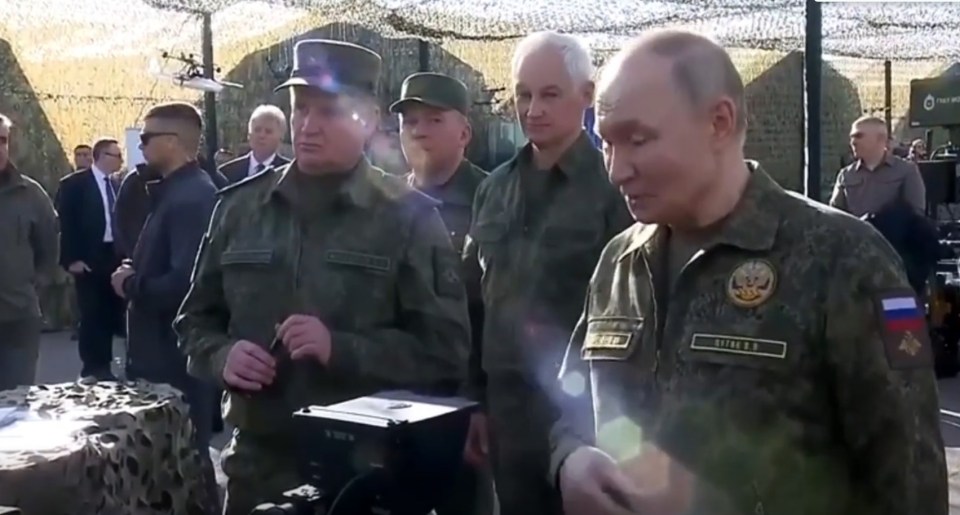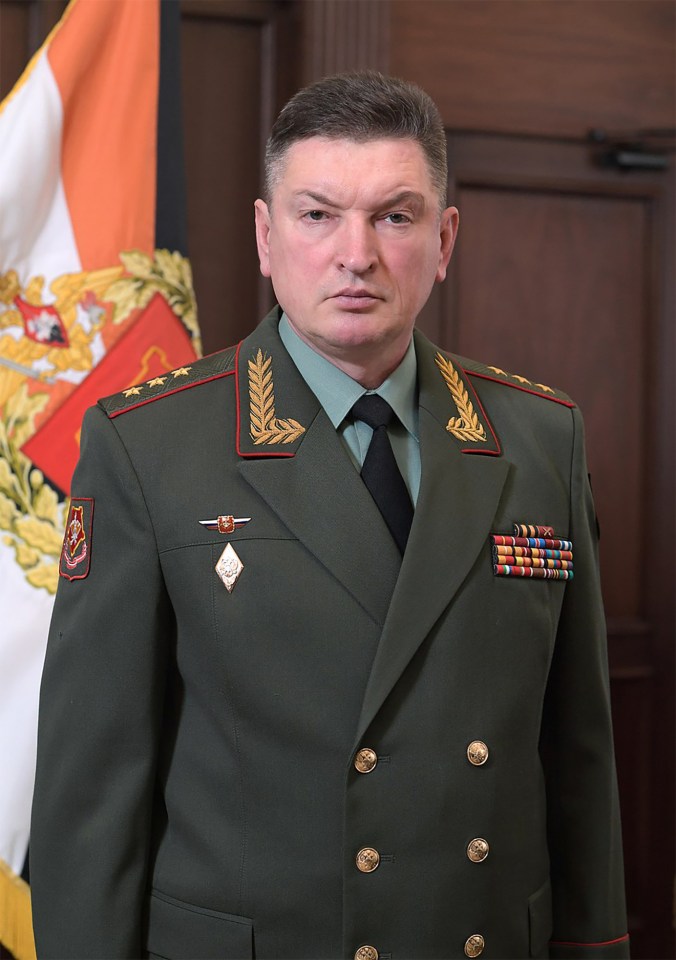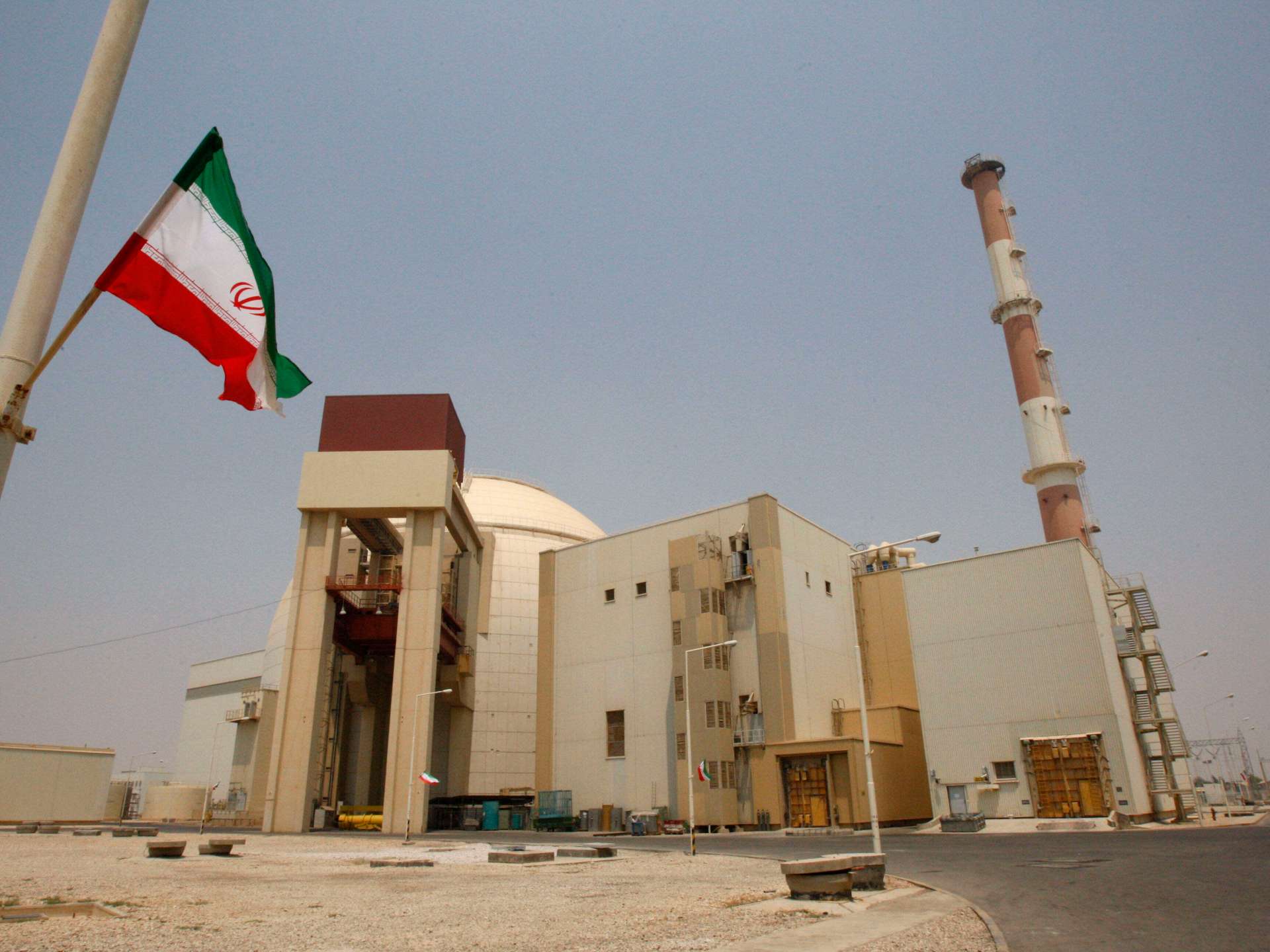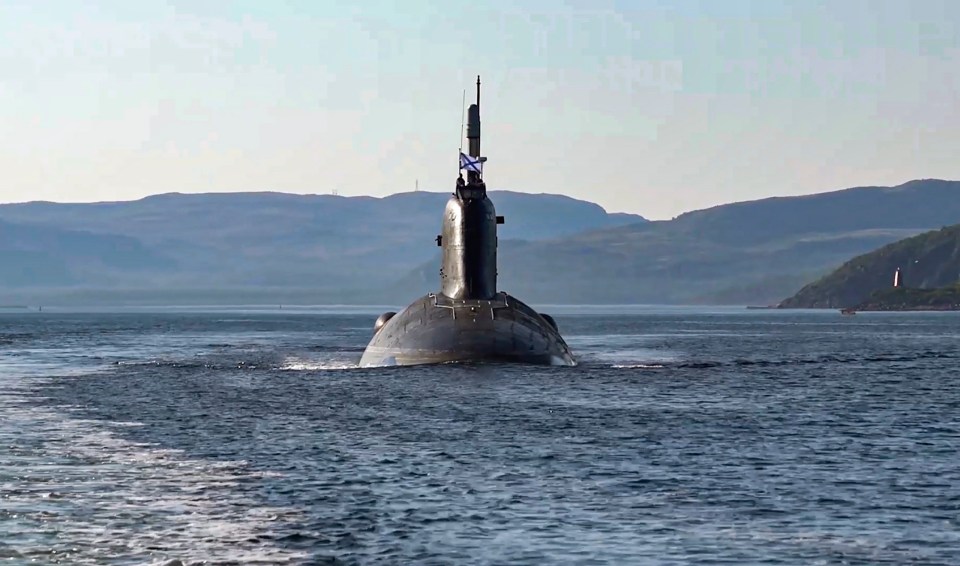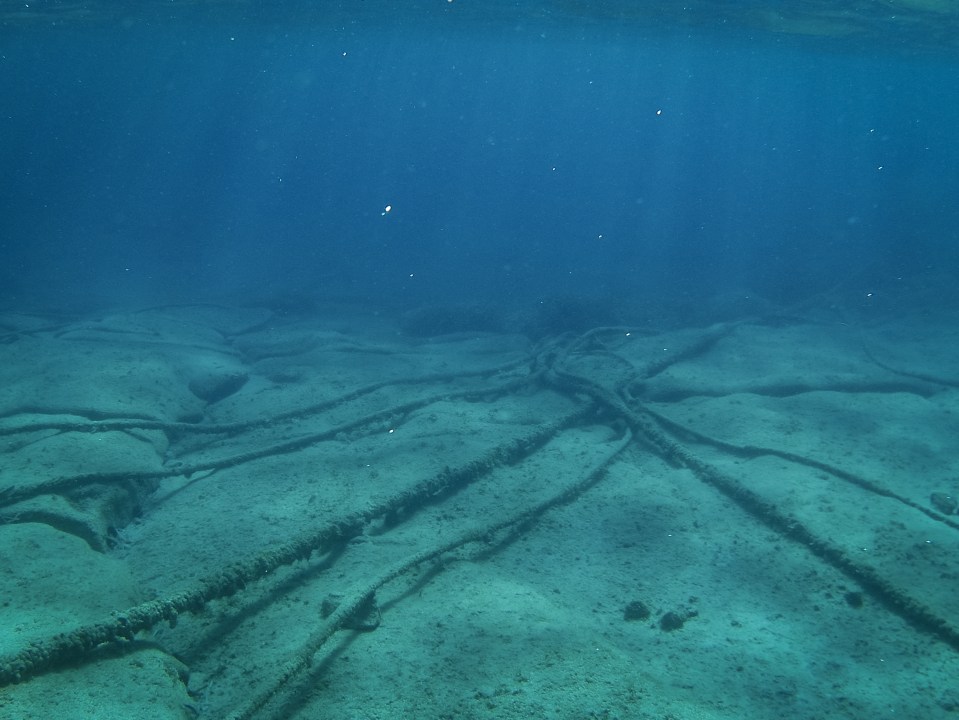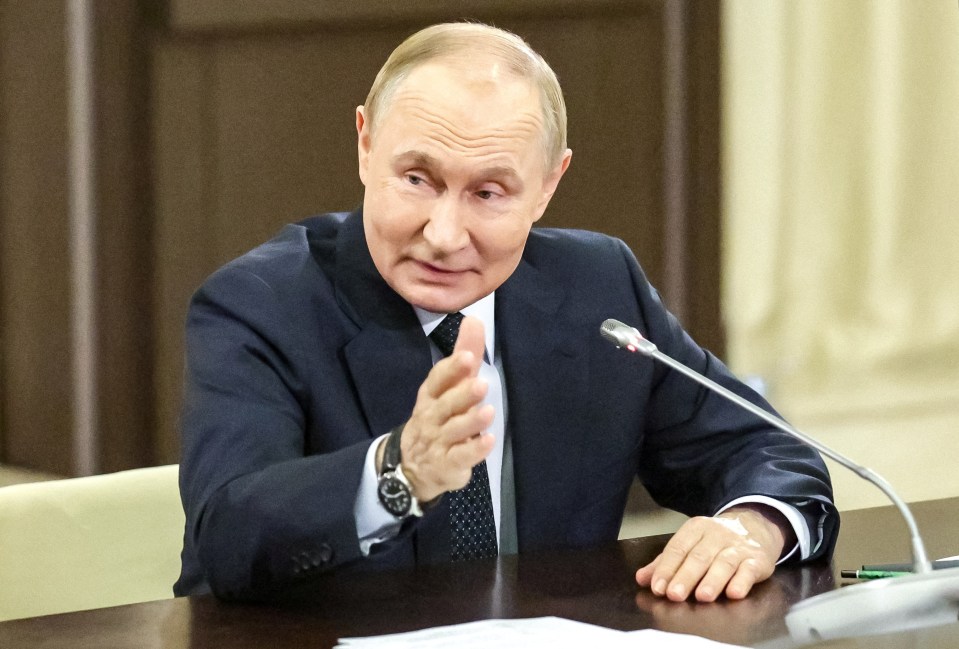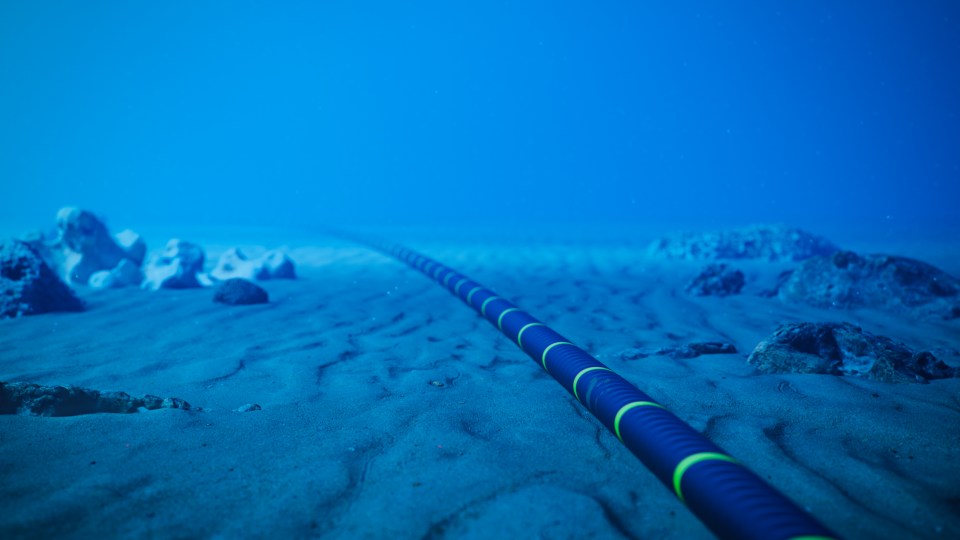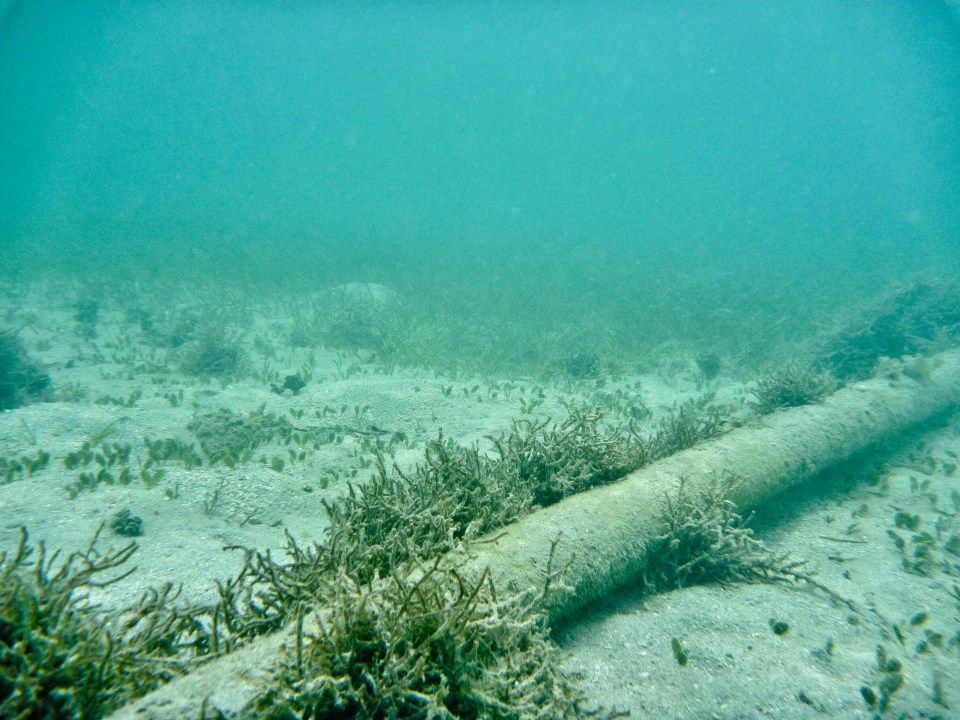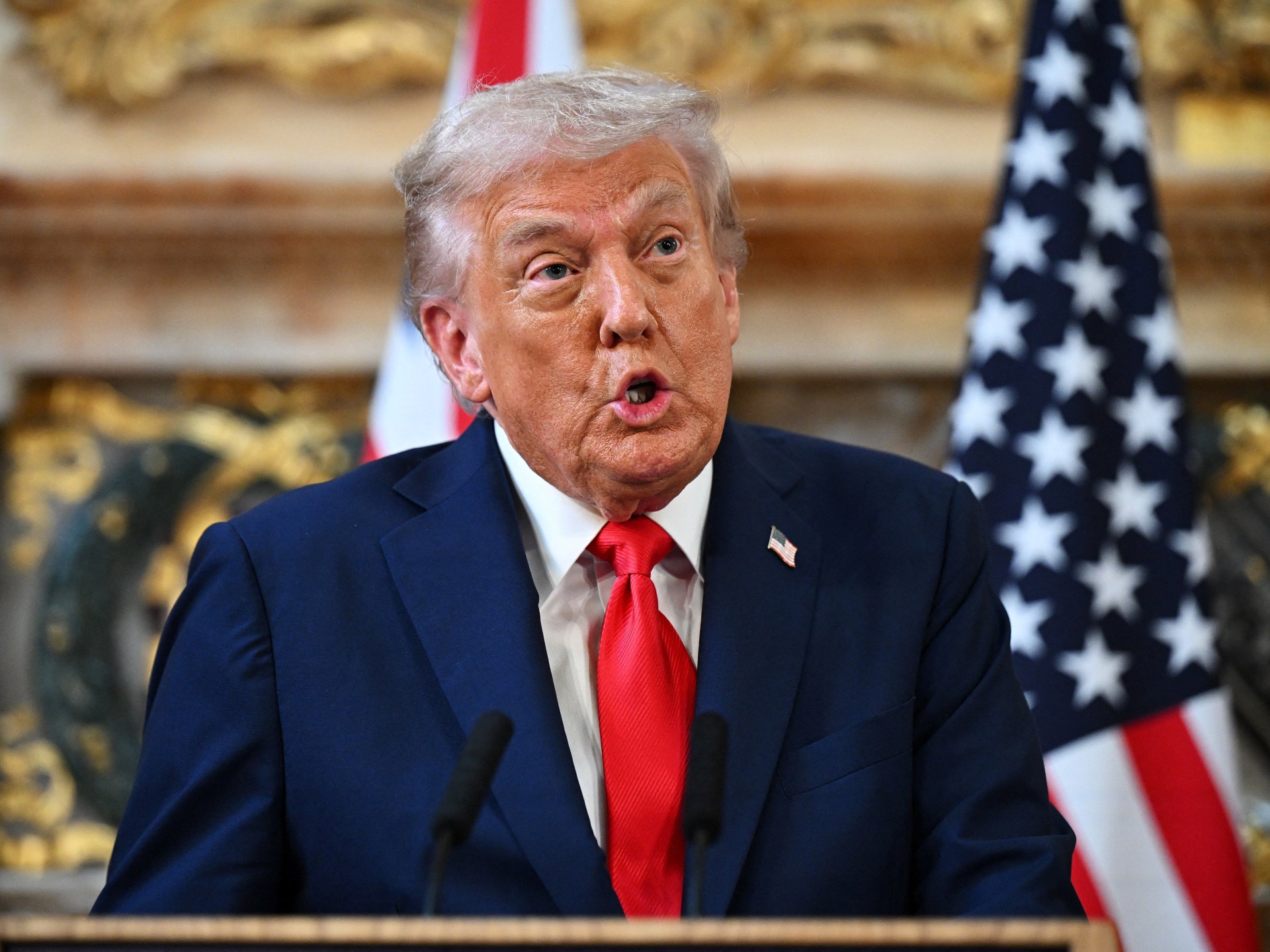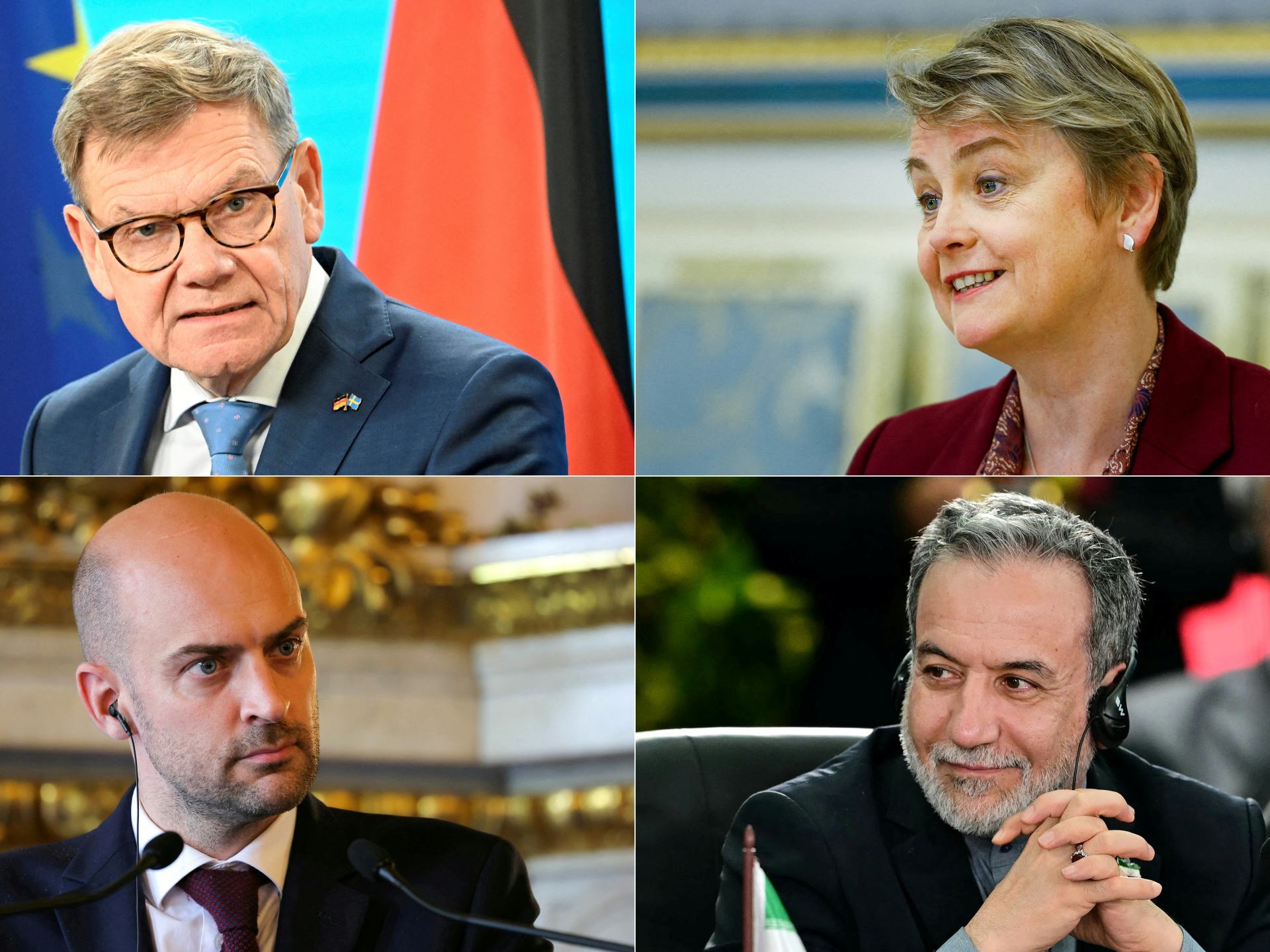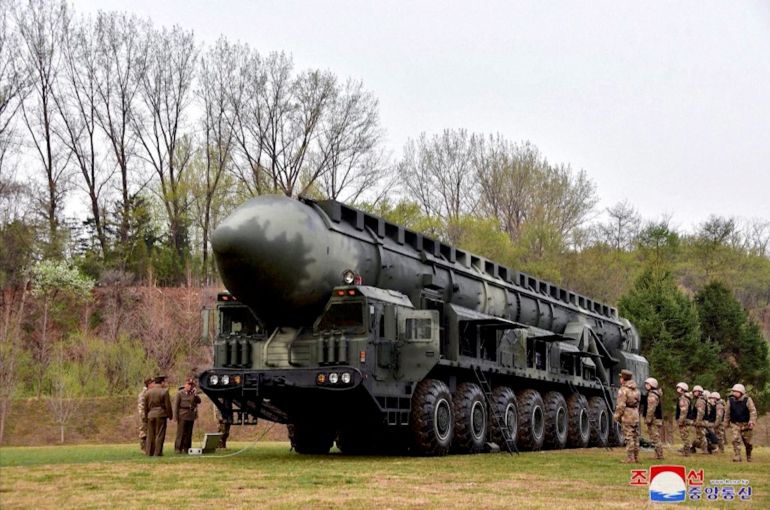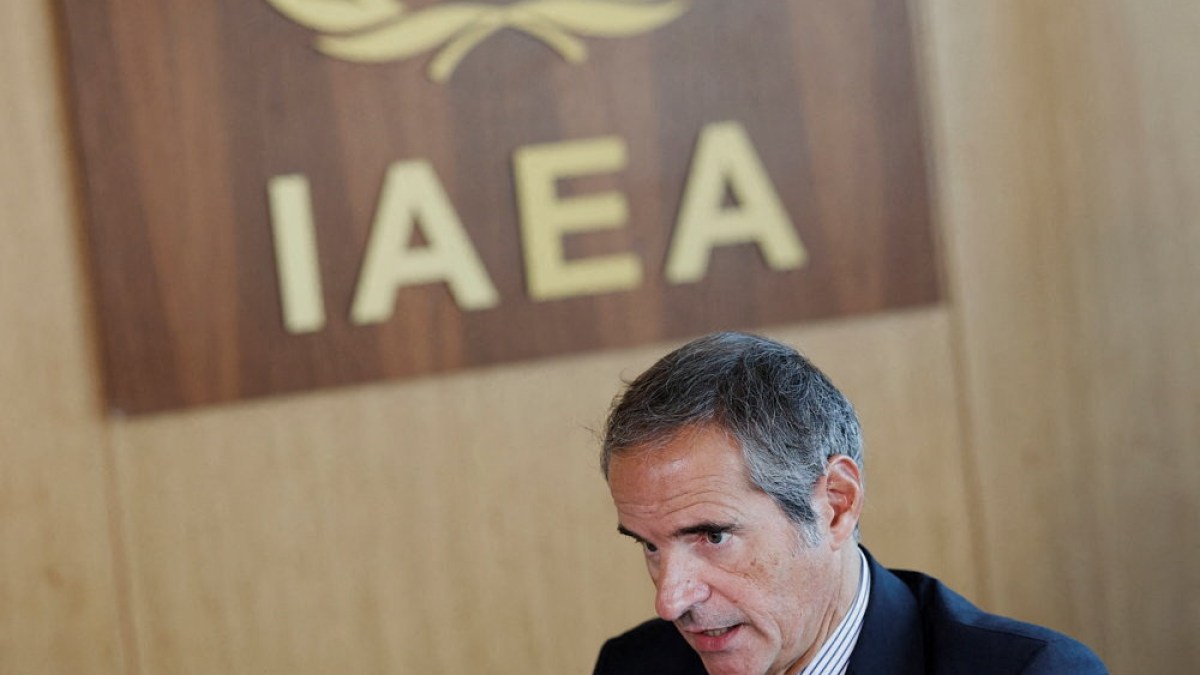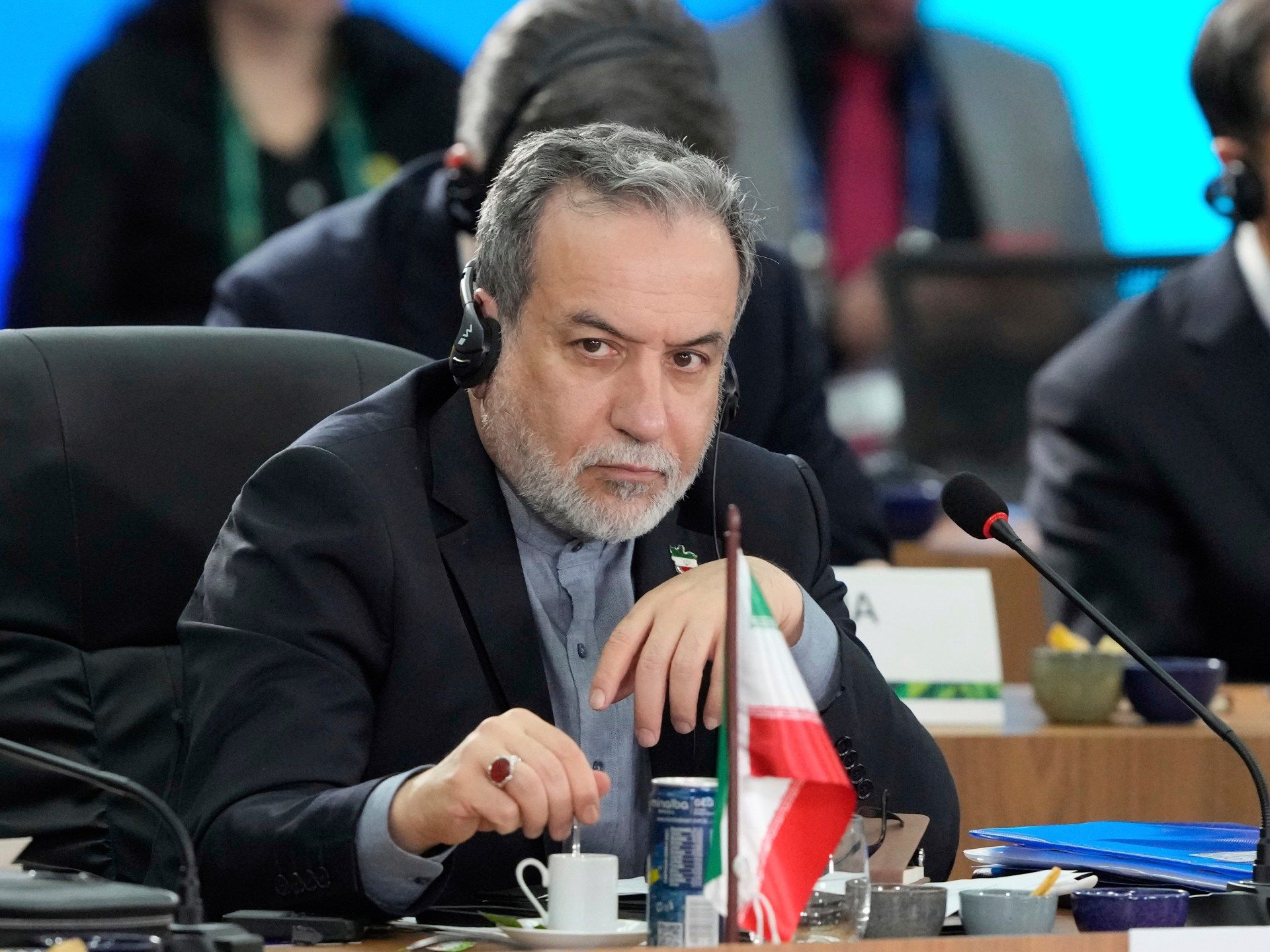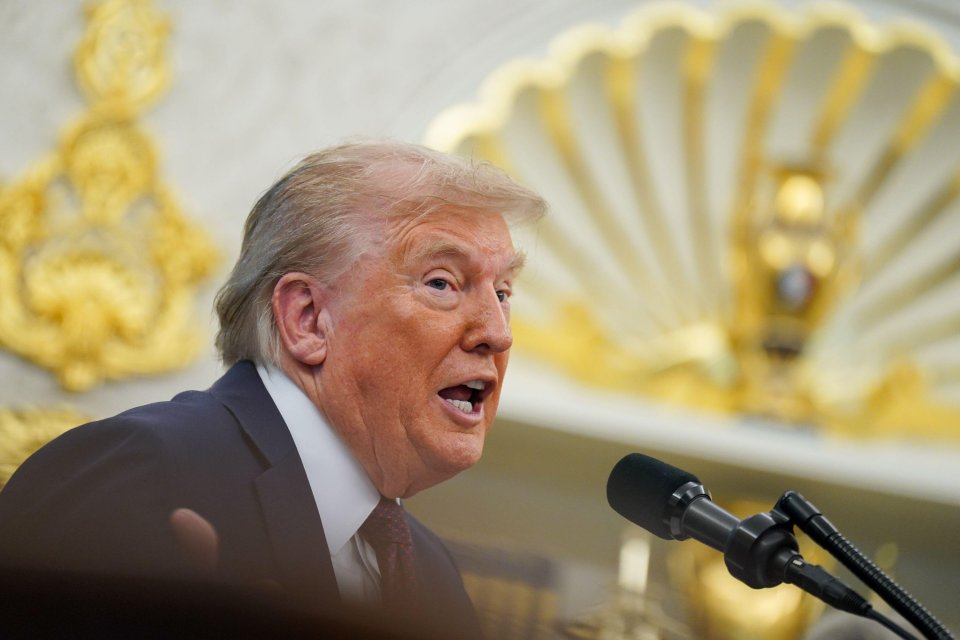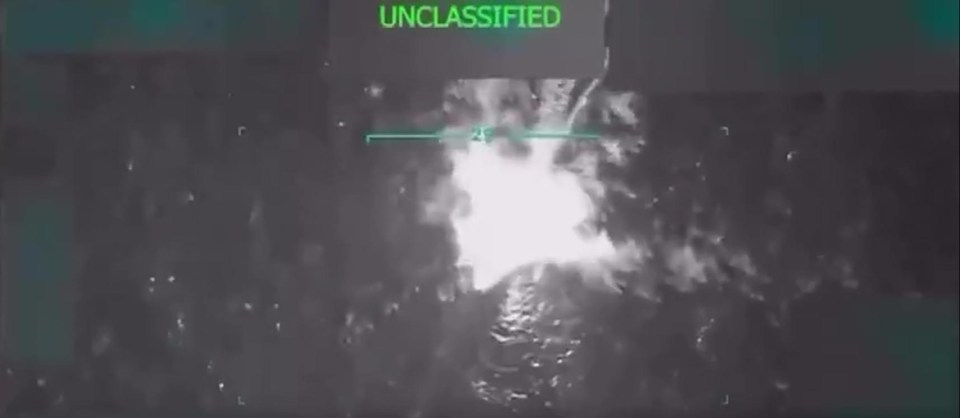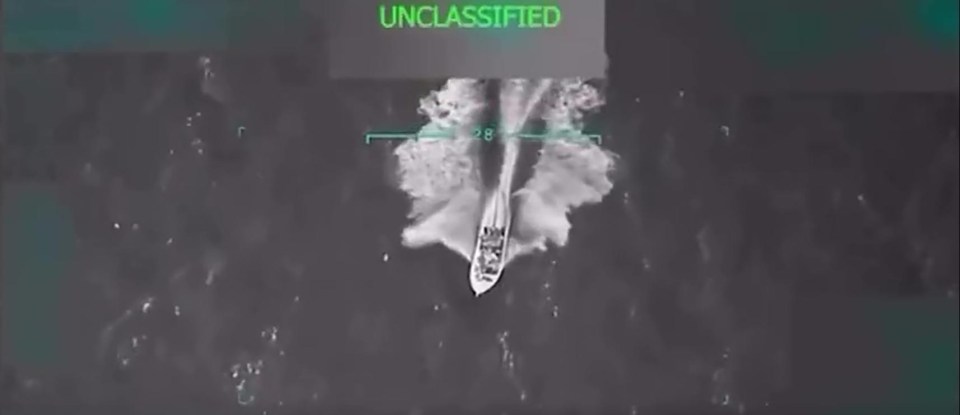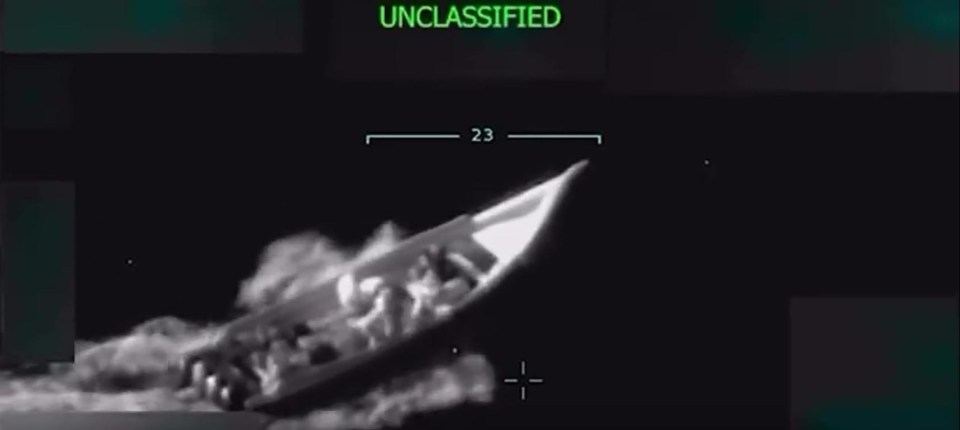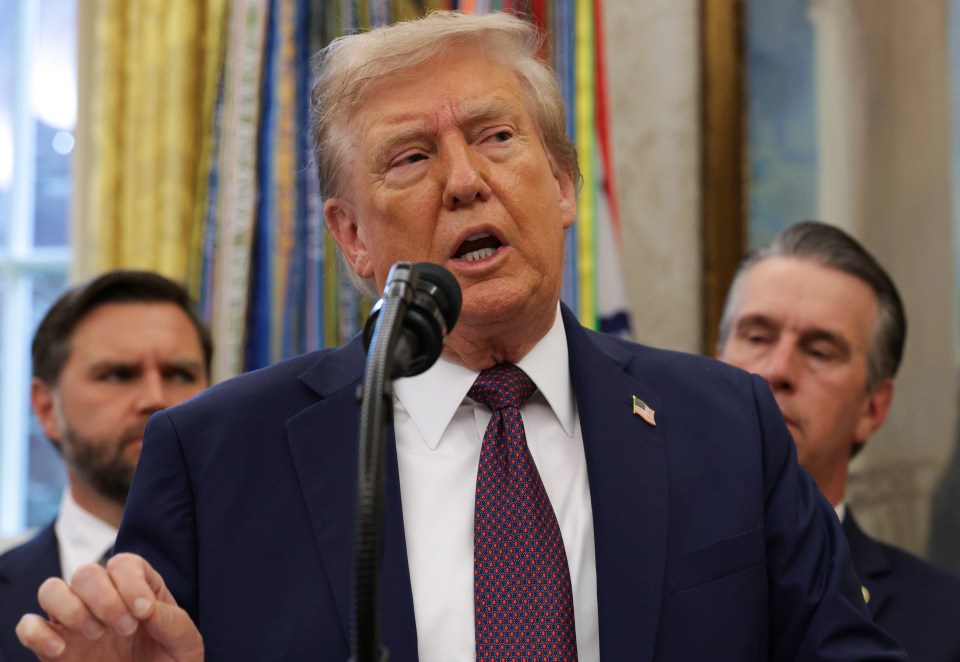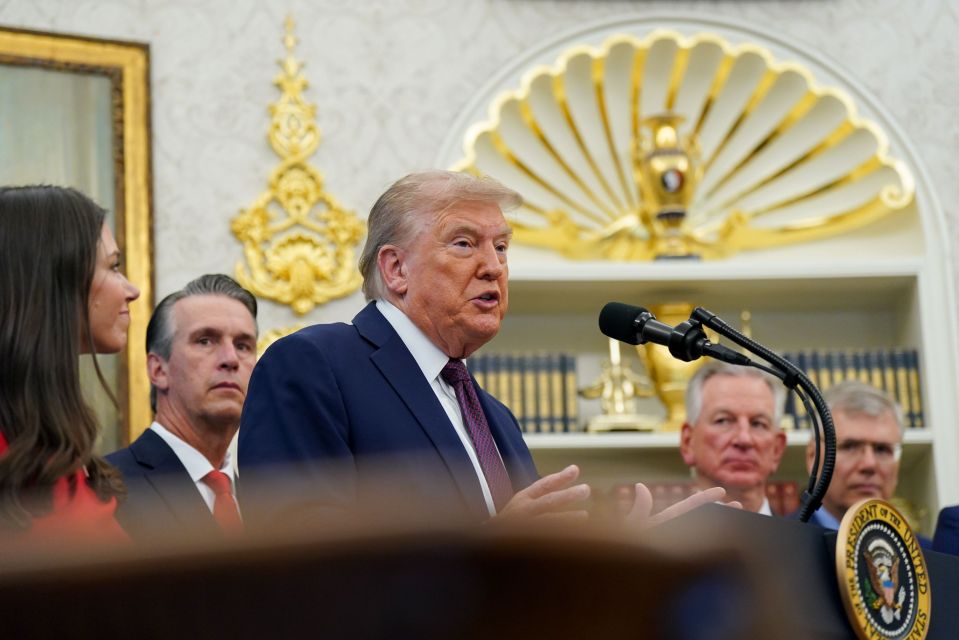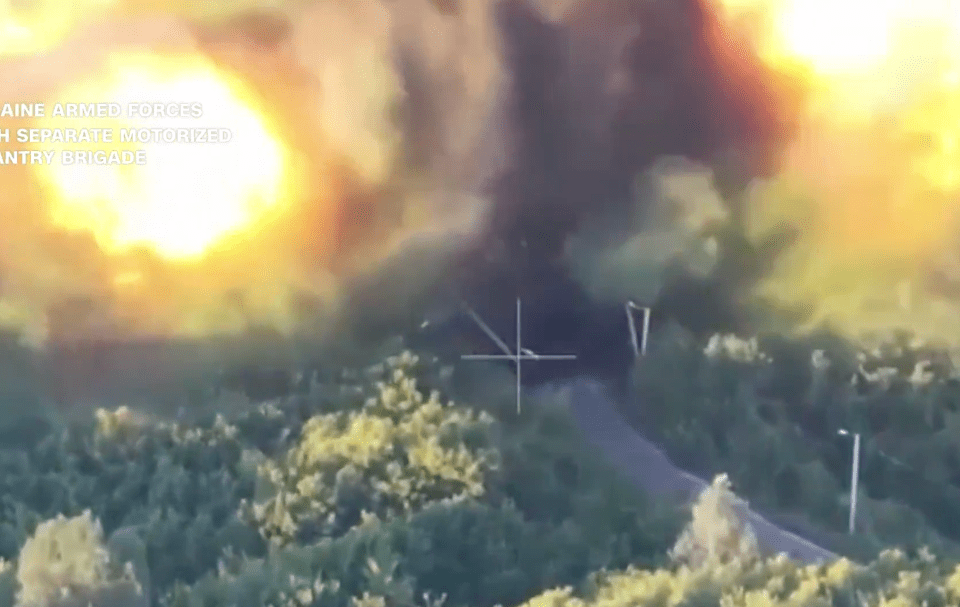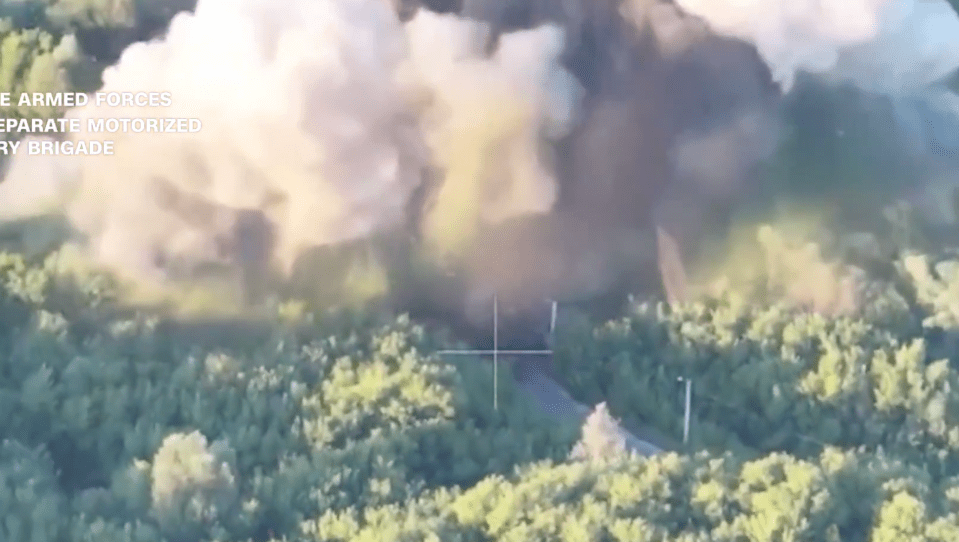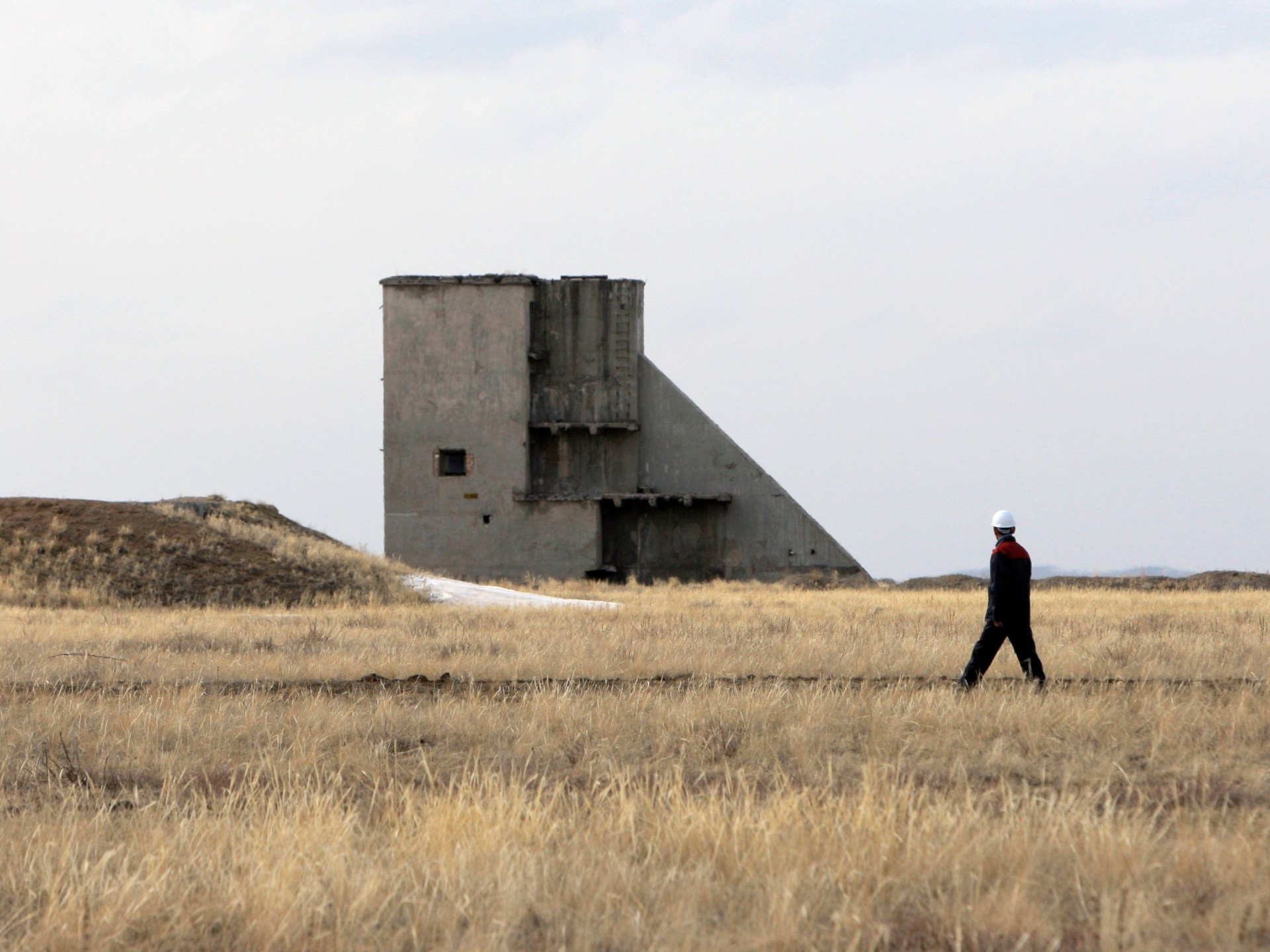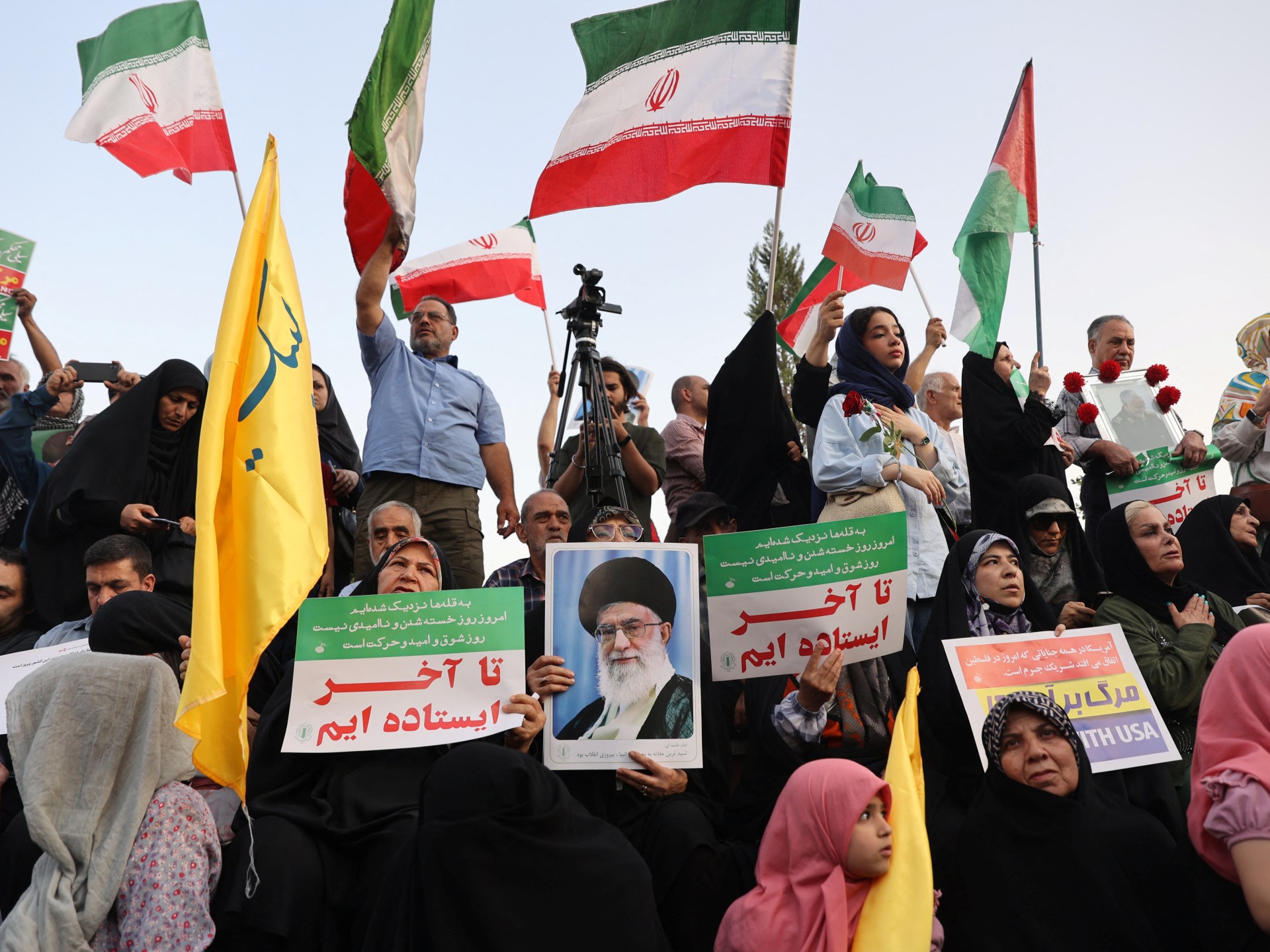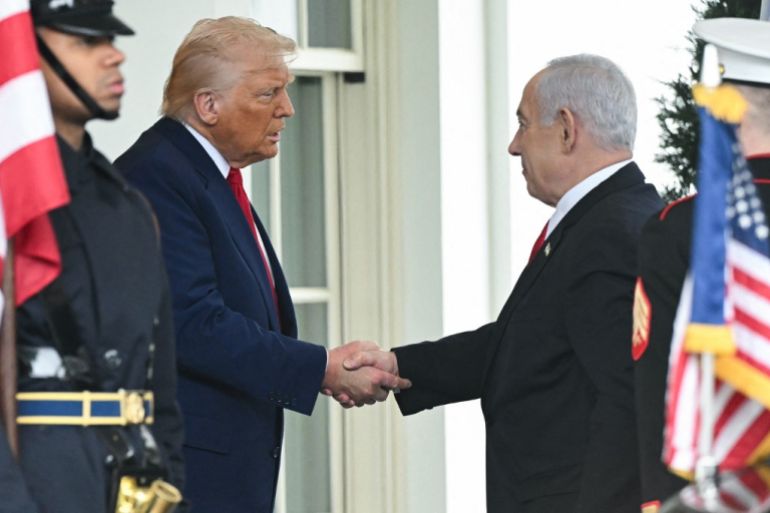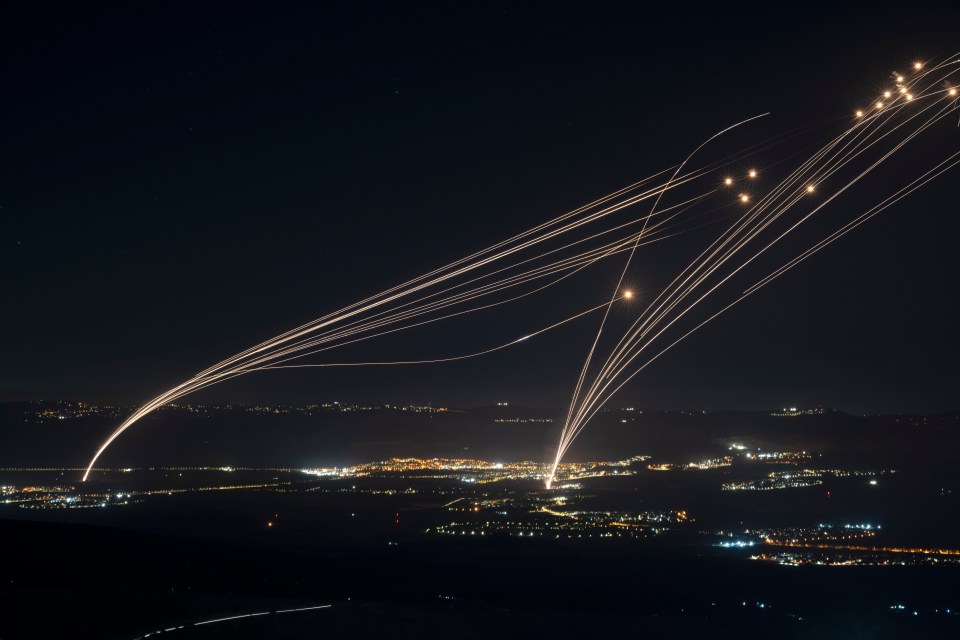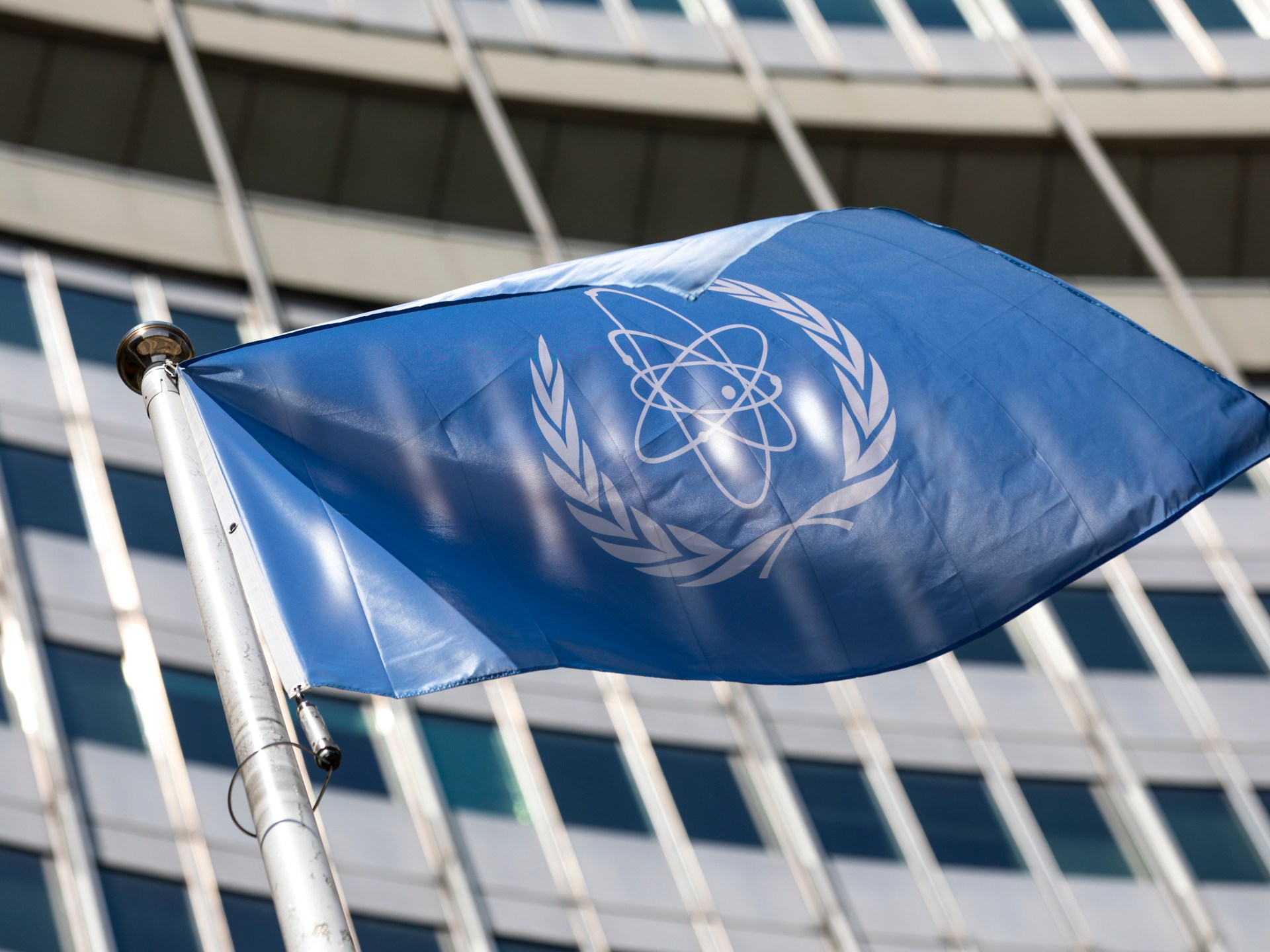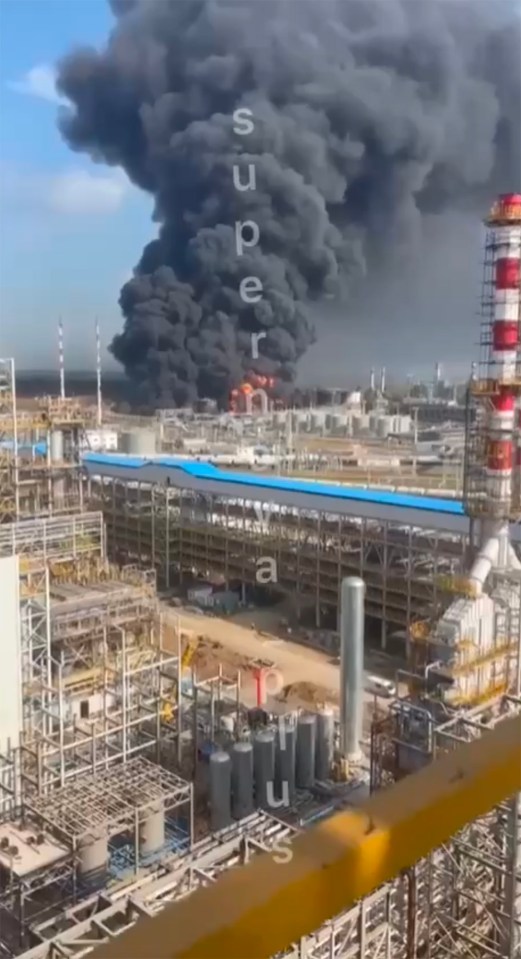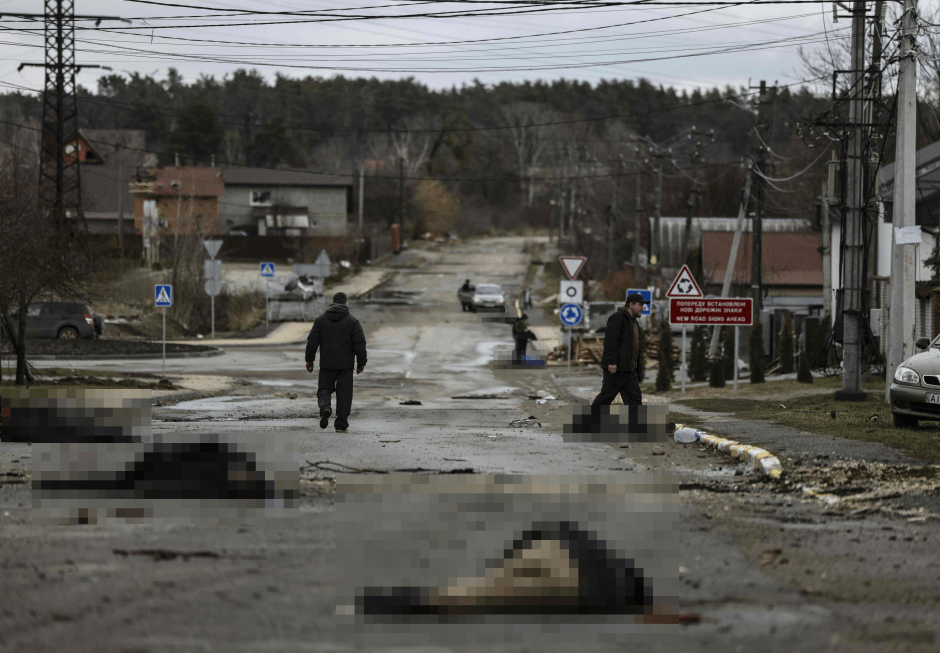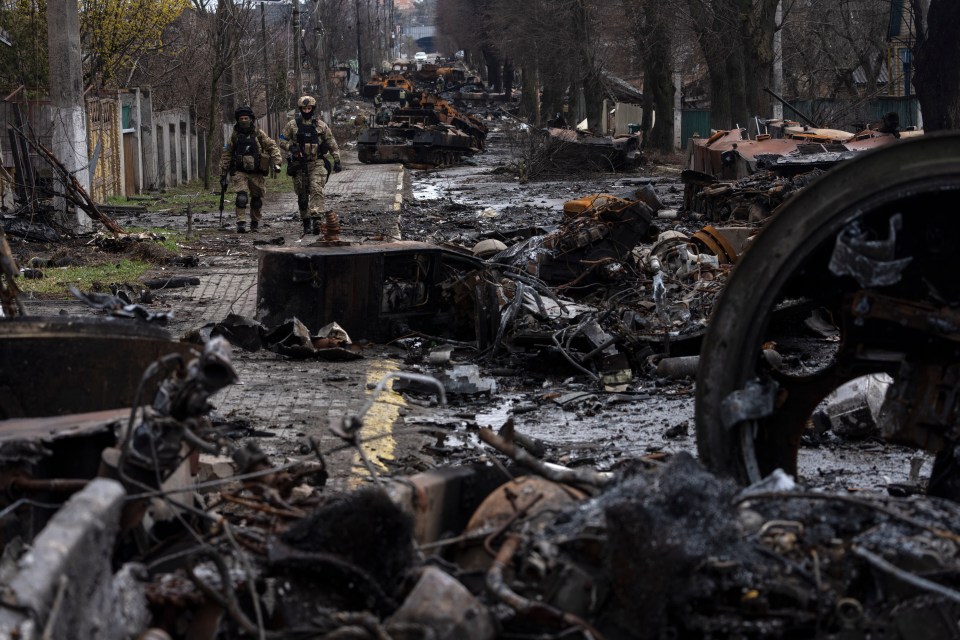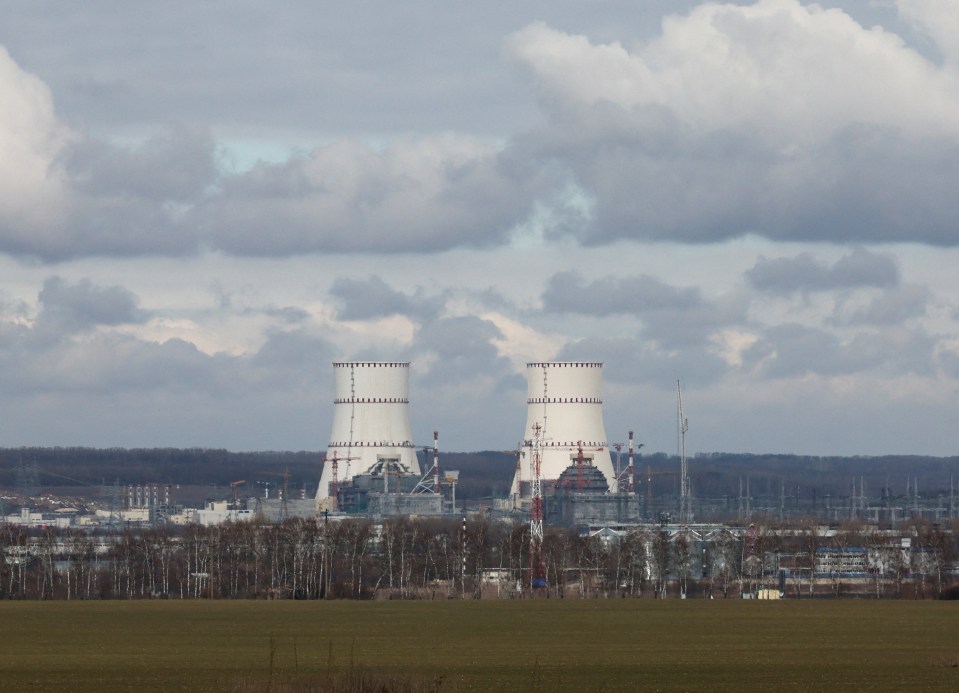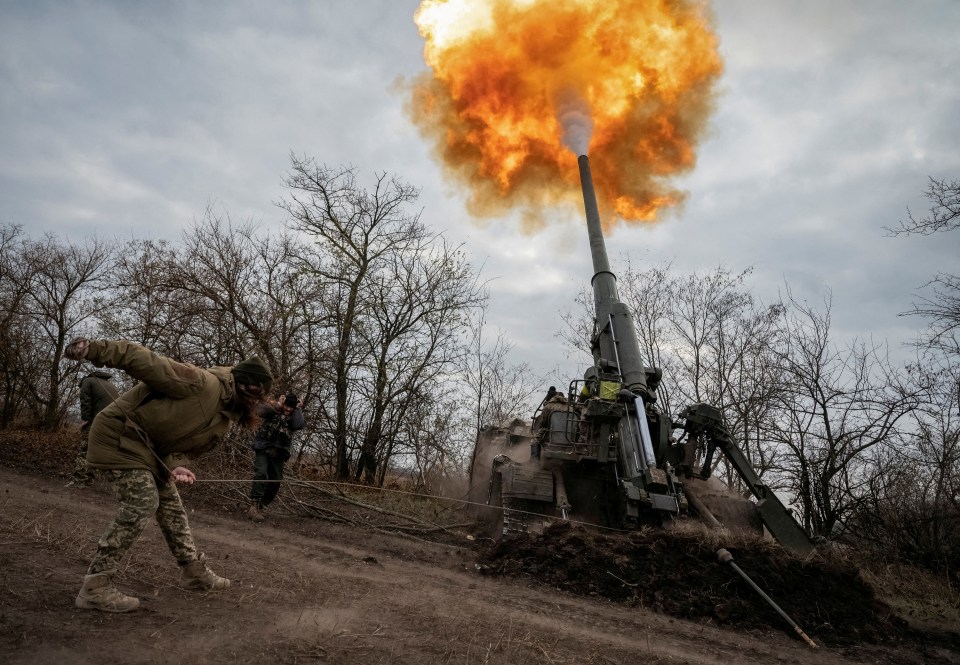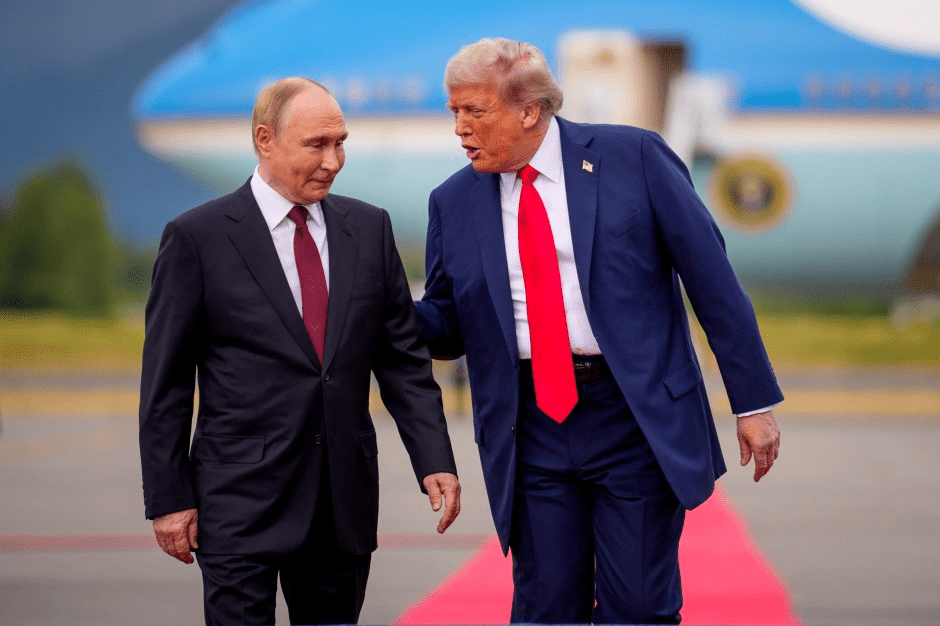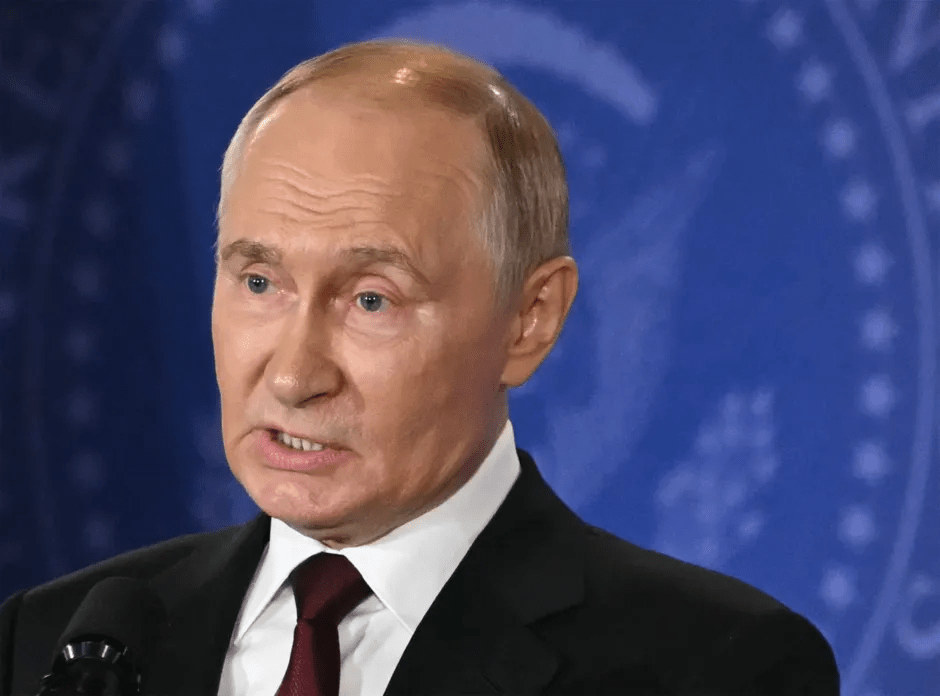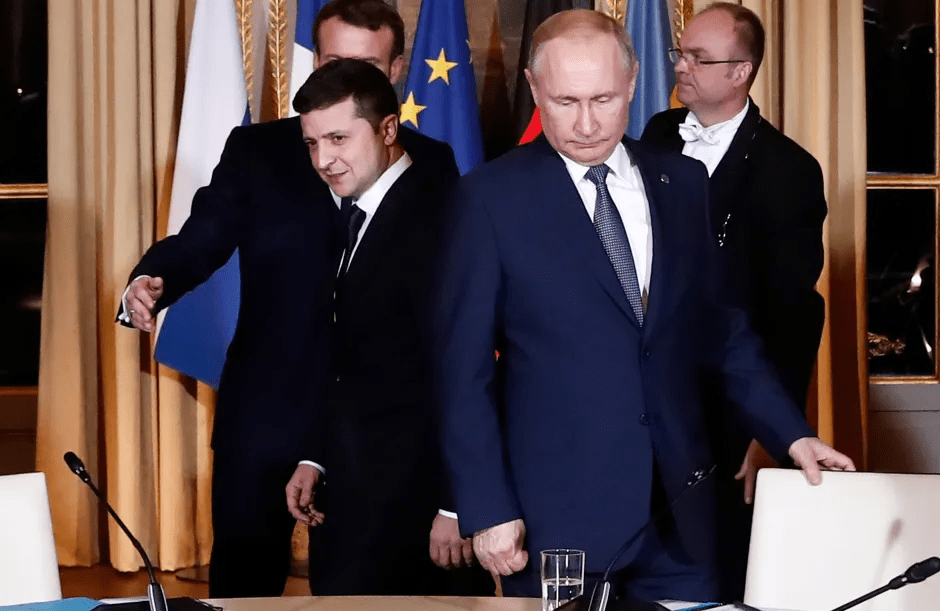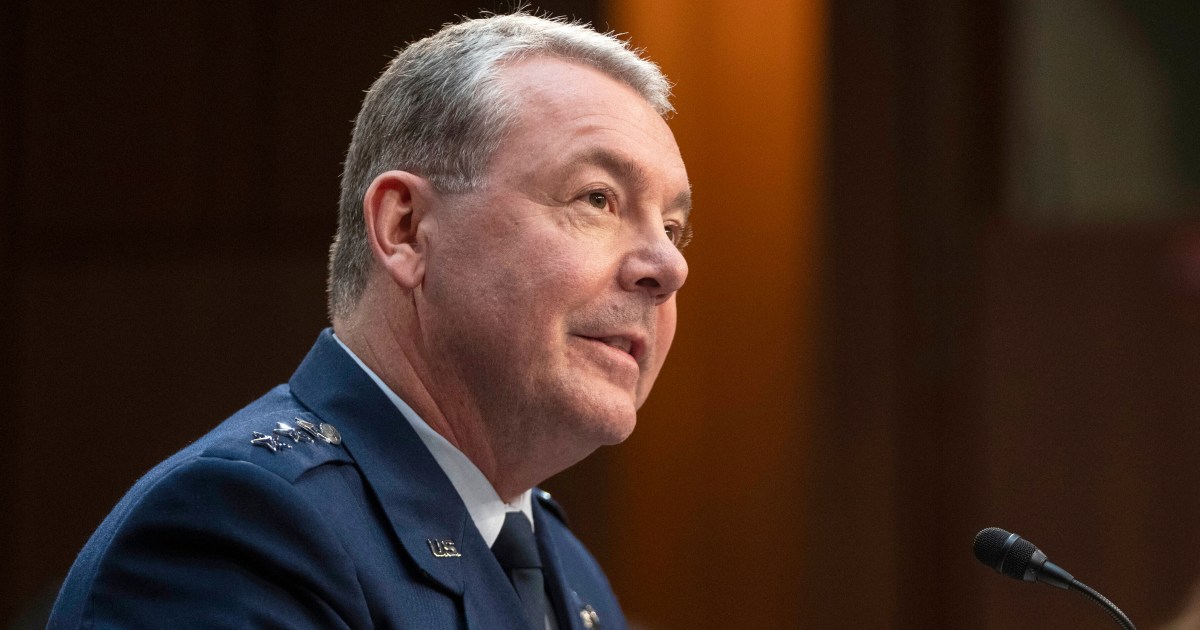How Ukraine’s ruthless oil battle has DEVASTATED the Russian war machine: ‘Putin’s golden goose is now his sitting duck’
VLADIMIR Putin’s prized golden goose – Russia’s oil empire – has become a sitting duck, and it’s Ukraine’s drones that are pulling the trigger.
In the latest episode of Battle Plans Exposed, military intelligence expert Philip Ingram MBE lays bare how Kyiv has opened a devastating new front in the war in the oilfields, refineries and pipelines that bankroll Putin’s invasion.
“This is the oil war,” Ingram says.
“It’s a highly strategic, calculated campaign to cripple the engine of Putin’s war.”
Watch the latest episode on The Sun’s YouTube channel here…
For decades, Russia’s vast energy reserves paid for everything from tanks and cruise missiles to soldiers’ salaries and propaganda handouts.
Before the invasion, energy exports made up around 40 per cent of the Kremlin’s budget.
Even under sanctions, oil and gas still bring in 30 per cent of Russia’s income.
The episode shows how Ukraine has zeroed in on this “river of oil money” with pinpoint strikes hundreds of miles inside Russian territory.
Long-range drones have torched colossal refineries, exploded pumping stations and set storage tanks ablaze – systematically dismantling Moscow’s refining capacity.
Footage of Rosneft’s Ryazan refinery erupting into flames after a single drone strike captures the scale of the destruction.
“This isn’t a military base on the border,” Ingram warns.
“This is a core piece of Russia’s national infrastructure – hundreds of miles from Ukraine.”
What makes these attacks so devastating is their precision.
Ingram explains that the real targets aren’t the giant tanks but the refinery’s processing units – “the heart of the refinery,” where crude is split into diesel for tanks, jet fuel for fighters and gasoline for the home front.
Knock one of these units out, and the entire facility is useless for months, even years.
The episode shows how Ukraine has already knocked out at least 12 per cent of Russia’s refining capacity – stripping away over 600,000 barrels a day.
That’s billions in lost revenue that can’t be pumped into Putin’s war chest.
The impact is twofold. First, it chokes the Russian military itself: “No diesel, and tanks don’t move.
“No jet fuel, and fighters are grounded,” Ingram says.
Second, it hits ordinary Russians – with fuel shortages, soaring prices and the chilling sight of their industrial heartland burning.
The Kremlin’s response? Denial, spin and panic.
Moscow has been forced to ban fuel exports for six months, sacrificing vital revenue just to stop unrest at home.
“Putin’s greatest fear,” Ingram says, “is the Russian people rising up.”
This is asymmetric warfare at its most ruthless – cheap Ukrainian drones inflicting billion-dollar wounds on the Kremlin.
The episode shows how the campaign has shattered Russia’s aura of invulnerability, exposed its sprawling oil empire as a fatal weakness, and brought the war crashing into the lives of ordinary Russians.
And as Ingram puts it: “It proves that in modern warfare, the most effective battle plans aren’t always about brute force on the tactical frontline, but about finding your enemy’s single point of failure – and striking it again and again with unrelenting precision.”
It comes as Ukraine claims to have turned the tide on the eastern front in a brutal counter-offensive.
Kyiv’s top general Oleksandr Syrskyi said his troops had clawed back around 60 square miles since August, with Putin’s men retreating from a further 70 square miles north of bomb-blitzed Pokrovsk.
He boasted Russian forces had paid a horrifying price — 1,500 killed, another thousand wounded and 12 main battle tanks blown to pieces.
“Control has been restored in seven settlements and nine more have been cleared of enemy sabotage and reconnaissance groups,” Syrskyi declared, claiming nearly 165 square kilometres were liberated and almost 180 cleared of Russian saboteurs.
The breakthrough follows a shaky summer where Russian “saboteurs” punched six miles through Ukrainian lines overnight, threatening to cut supply roads.
But Ukraine has regrouped and is now pushing them back, Syrskyi insisting: “In the past 24 hours alone the enemy have lost 65 servicemen, 43 of them killed in action, along with 11 pieces of equipment.”
The destroyed kit ranges from tanks to artillery, drones and even a quad bike used by desperate Russian troops.
Russia has tried to claw back the narrative, claiming it captured a hamlet south of Pokrovsk — a claim Ukraine flatly denies.
Instead, Kyiv points to wrecked Russian armour littering the battlefield and insists the Kremlin’s army is being bled dry.
The fighting comes as Volodymyr Zelensky prepares to meet Donald Trump on the sidelines of the UN General Assembly in New York.
Ukraine’s war leader is set to press the US president for tougher sanctions if Putin refuses to come to the table.
Trump — who once called Putin a “genius” — admitted the dictator had “let him down”.
“I thought this war would be one of the easiest to solve because of my relationship with Putin. But he has really let me down,” he said during his visit to Britain.
But Britain’s spy chief Sir Richard Moore has poured cold water on any idea of a quick peace.
In a message aimed squarely at Trump, he said: “I have seen absolutely no evidence that President Putin has any interest in a negotiated peace short of Ukrainian capitulation.”
He warned the world not to be duped by the Kremlin tyrant: “We should not believe him or credit him with strength he does not have.”
Moore added Russia was grinding forward “at a snail’s pace and horrendous cost” — and that Putin had “bitten off more than he can chew.”
He lauded Ukraine’s resistance and heaped praise on Zelensky, saying: “My admiration for him is unbounded,” while savaging Putin for plunging Russia into “long term decline” where he invests only in “missiles, munitions and morgues.”
The warning came days after Russia’s indiscriminate blitz killed three civilians in Zaporizhzhia — two women aged 40 and 79 and a man of 77 — even as Ukrainian forces notched up new gains and unleashed fresh revenge strikes on Russian soil.
Last month, Kyiv marked Independence Day with a wave of drone attacks crippling Russian energy sites and claimed to have wiped out three of the “Butchers of Bucha” in precision bombings in occupied Luhansk.
The Russian soldiers had been accused of taking part in the notorious 2022 massacre where hundreds of civilians were executed, tortured and raped as Putin’s troops stormed towards Kyiv.
